Inside 11 abandoned celebrity mansions left to languish
11 incredible celebrity homes left to languish

Abandoned Southeast ; Shareif Ziyadat/Getty Images for Sean "Diddy" Combs
Once the luxury retreats of the rich and famous, an extraordinary series of events led each one to be abandoned, from reports of corruption to protracted legal battles and even an alleged cult takeover. Left eerily vacant for years, these former celebrity homes have fascinating tales to tell including Boris Becker's squatted villa, P. Diddy's crumbling mansion and Prince Andrew's lost estate that was once a gift from the Queen...
Read on to reveal the stories behind these abandoned celebrity houses...
Liza Minnelli's childhood home
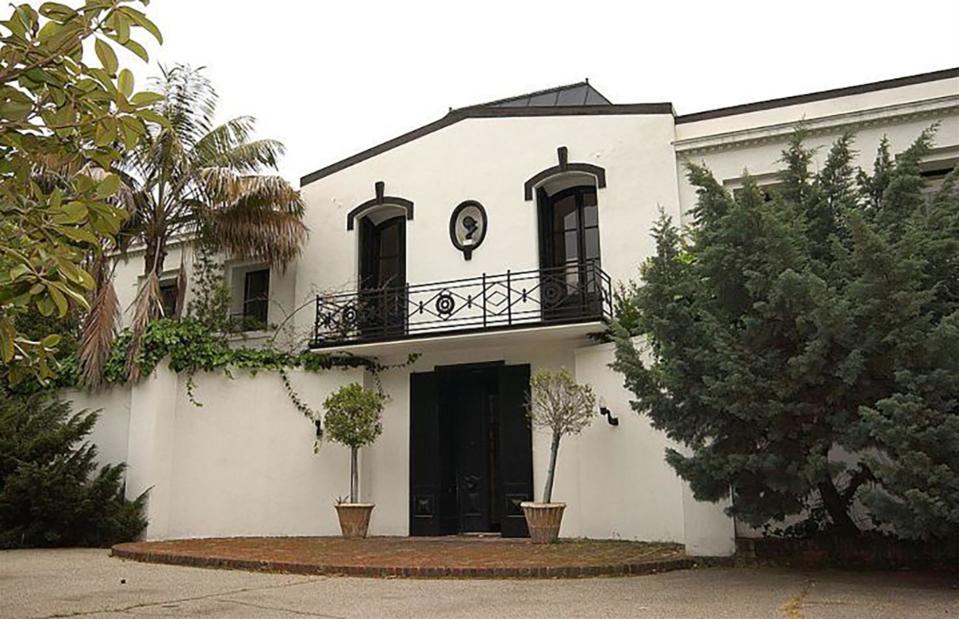
Robert Mora/Getty Images
Built in 1925 and subsequently redesigned by noted Hollywood Regency architect, John Elgin Woolf, this Spanish Revival mansion in LA's Beverly Hills was purchased in the mid-1950s by Oscar-winning director Vincente Minnelli following his divorce from Judy Garland.
During her childhood, the former couple's daughter, Liza, spent much of her time at the house.
Liza Minnelli's childhood home

Mike Flokis/WireImage/Getty Images
Minnelli and Garland married in June 1945 and, less than a year later in March 1946, they welcomed Liza into the world. Unfortunately, the couple's marriage quickly fell apart. Minnelli's star was rising and he would go on to win the Best Director Oscar for his film Gigi in 1958.
However, Garland's career was going in the opposite direction. She was fired after 15 years at MGM and her mental health took a turn for the worst. The pair divorced in 1951.
Liza Minnelli's childhood home
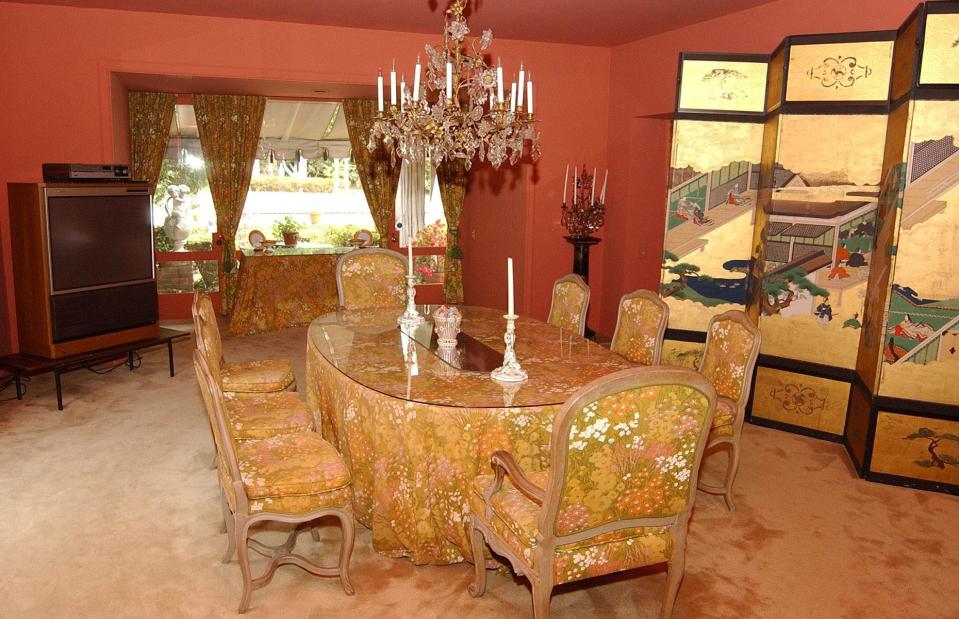
Robert Mora/Getty Images
The post-split home on Crescent Drive was lavishly decorated by Vincente Minnelli, with numerous chandeliers and opulent fabrics and furnishings.
When the famed director passed away in 1986 at the age of 83, the house was left to Liza, now a big-time Hollywood star in her own right, on one condition…
Liza Minnelli's childhood home
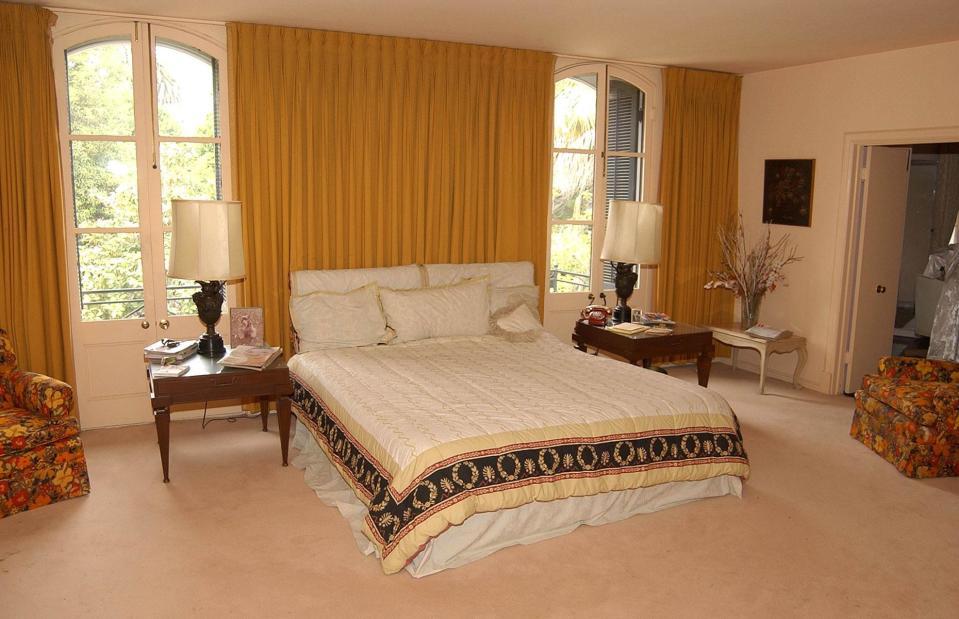
Robert Mora/Getty Images
While Liza was granted ownership, Mr Minnelli instructed that his fourth wife, Lee, should be permitted to live in the house as long as she desired. The arrangement worked out fine until 2000 when Liza decided to sell the property. Lee was offered a condo but turned it down and resolutely stayed put, even when the house was sold in 2002.
Liza Minnelli's childhood home
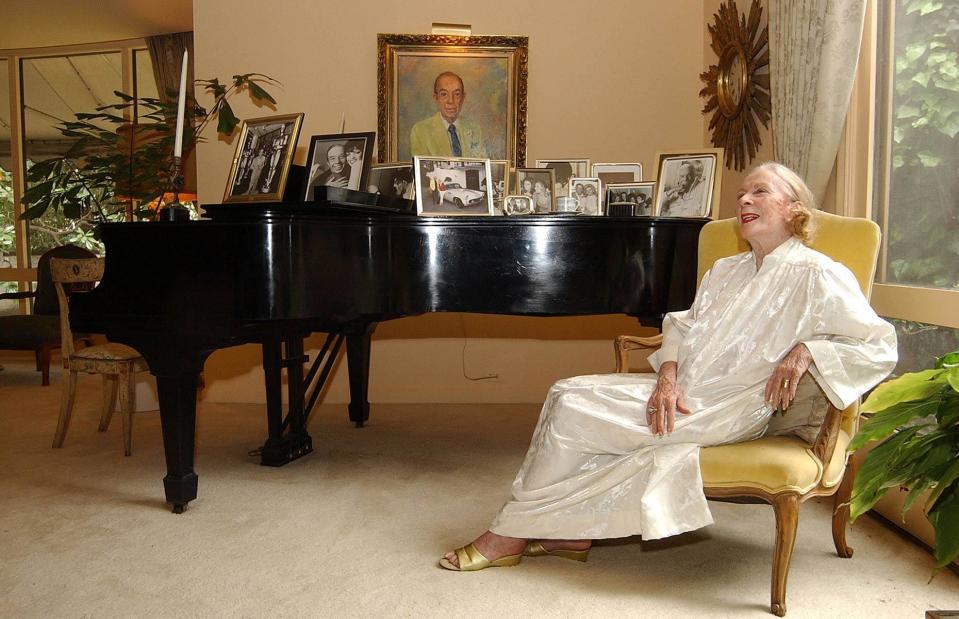
Robert Mora/Getty Images
Things took a turn when Liza stopped paying the bills on the house and ceased paying staff, who ended up working for free. Lee filed a lawsuit against her stepdaughter but dropped the case when Liza agreed to pay the new owner's rent so Lee could continue living in the mansion.
Liza Minnelli's childhood home
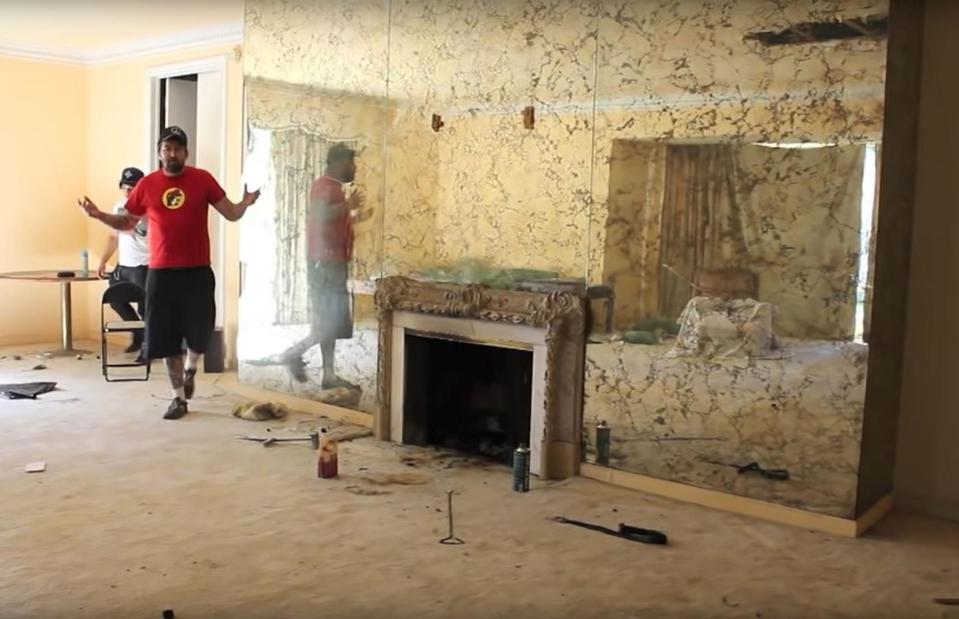
@Adamthewoo/YouTube
Lee died there in 2009 but the home was seemingly left to languish and decay, attracting urban explorer Adam The Woo there in 2014. In pictures captured on his YouTube channel, the dilapidated home wasn't looking its best. Holes peppered the ceilings, the wallpaper was peeling away and shabby furniture and debris were scattered on the floors. Sadly, the home appears to be abandoned to this day.
P. Diddy's woodland estate
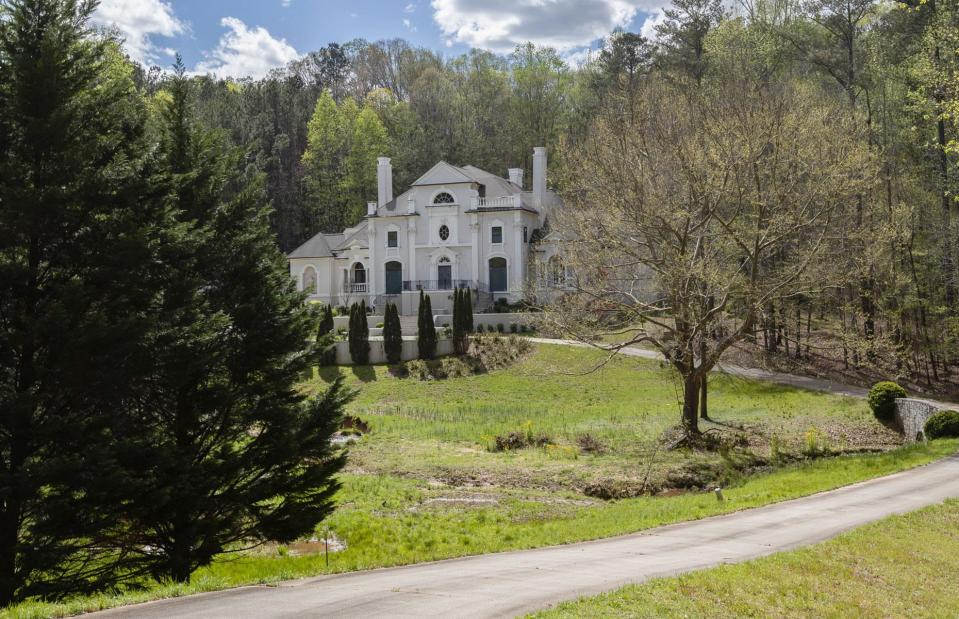
Abandoned Southeast
Encircled by trees in a rural suburb of Sandy Springs, a small city just outside Atlanta in the US state of Georgia, lies this forgotten mansion. Despite its dilapidation, the grand Italian Baroque-style façade is still an imposing sight, rising among the dense woodland on a seven-acre (2.8ha) gated lot.
The estate once belonged to beleaguered rapper and music producer Sean Combs, better known as P. Diddy. Combs is currently awaiting trial on charges of sex trafficking and racketeering and faces a slew of sexual abuse lawsuits.
P. Diddy's woodland estate
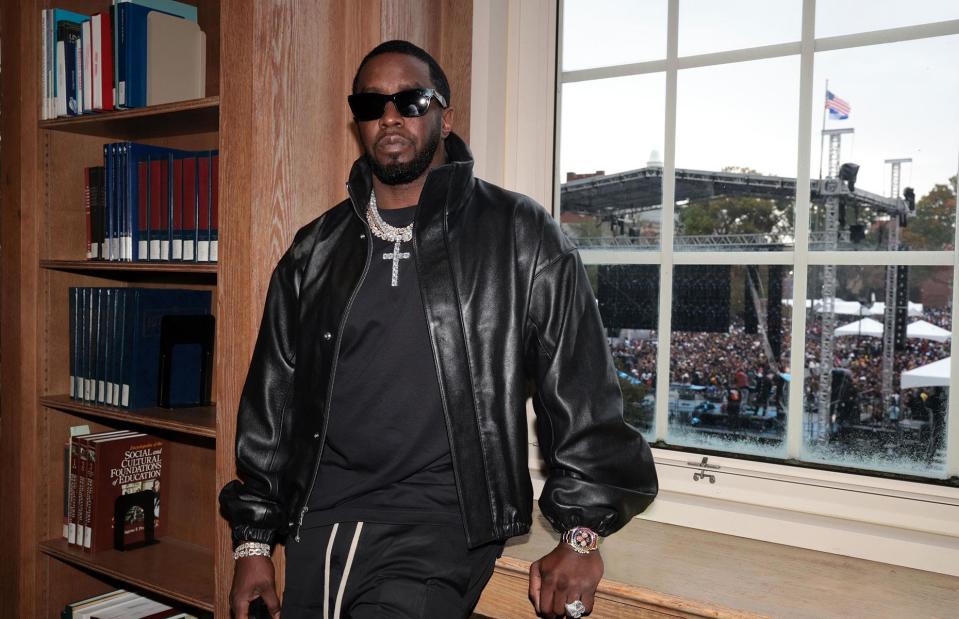
Shareif Ziyadat/Getty Images for Sean "Diddy" Combs
The palatial property was built back in 1987. Combs purchased the house for £2 million ($2.6m) in 2003 from local businessman H. J. Newton, who owned car dealerships across Georgia and Tennessee.
At the time of the sale, Combs had business interests in the area – he had opened a branch of his eatery chain Justin's Restaurant, named after his eldest son, in the nearby neighbourhood of Buckhead in 1998. The producer also owns a plot of land in Fayetteville, just outside Atlanta.
P. Diddy's woodland estate

Abandoned Southeast
Photographer Leland Kent of Abandoned Southeast captured the estate in all its faded glory in 2022. This shot of the backyard shows just how overgrown the grounds have become.
When Combs purchased the mansion, he may have been looking for more than a place to call home in the state. Local Georgia newspaper the Dunwoody Crier reported in January 2004 that the musician had requested a zoning change to the plot to allow the construction of 11 residential homes. The application was later denied.
P. Diddy's woodland estate

Abandoned Southeast
With his development plans dashed, Combs decided to renovate the 20,000-square-foot (1,858sqm) property instead. According to Leland Kent, the rapper's then-girlfriend, the late model and actress Kim Porter, helped out with the mansion's interior design.
Pictured here, you can get a sense of the property's former glory from the kitchen. Fitted out with state-of-the-art appliances and a marble-topped island, the high-end fixtures feel at odds with the exposed ceiling joists.
P. Diddy's woodland estate
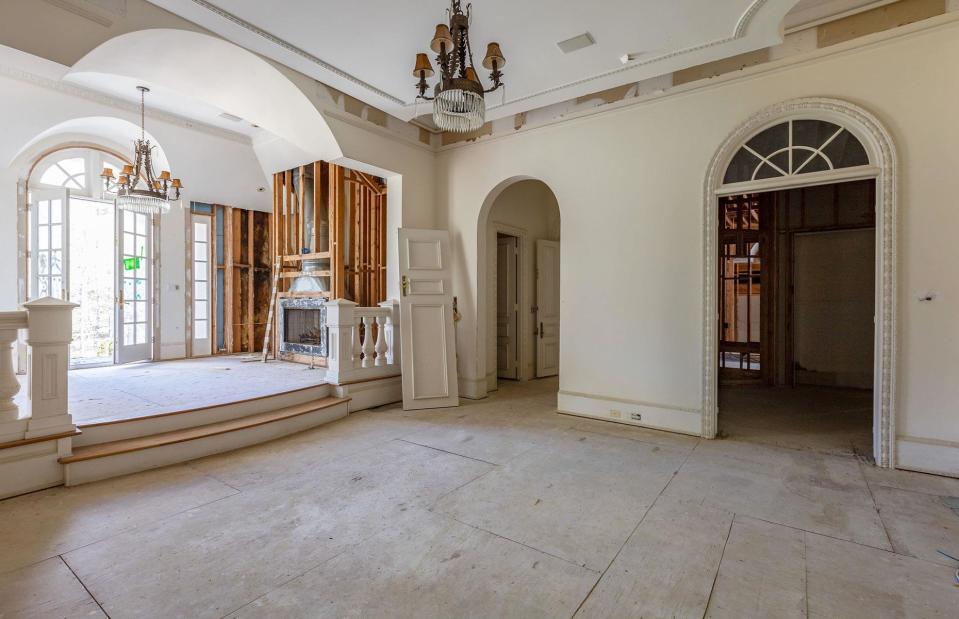
Abandoned Southeast
There are conflicting reports of exactly when Combs decided to sell the property. According to some sources, he offloaded the house to a local developer for £9.8 million ($1.3m) in 2007 amid the financial crisis. Others claim he sold the estate at auction in 2012, the same year the Buckhead branch of Justin's Restaurant closed its doors.
Whatever the truth, parts of the property appear to have been gutted – some of the plasterboard has been stripped away, as though a renovation was started and never finished.
P. Diddy's woodland estate

Abandoned Southeast
Photographed here is the swimming pool in the mansion's backyard, the water long turned green from algae. A picturesque pool house with a bar and changing rooms sits on the tiered terrace, a lingering reminder of the home's distant heyday.
According to Kent, the mansion is now boarded up to keep out unwanted visitors. A renovation is said to be in the pipeline, meaning new life could soon be breathed back into the forlorn residence.
Luis Miguel's crumbling Acapulco mansion
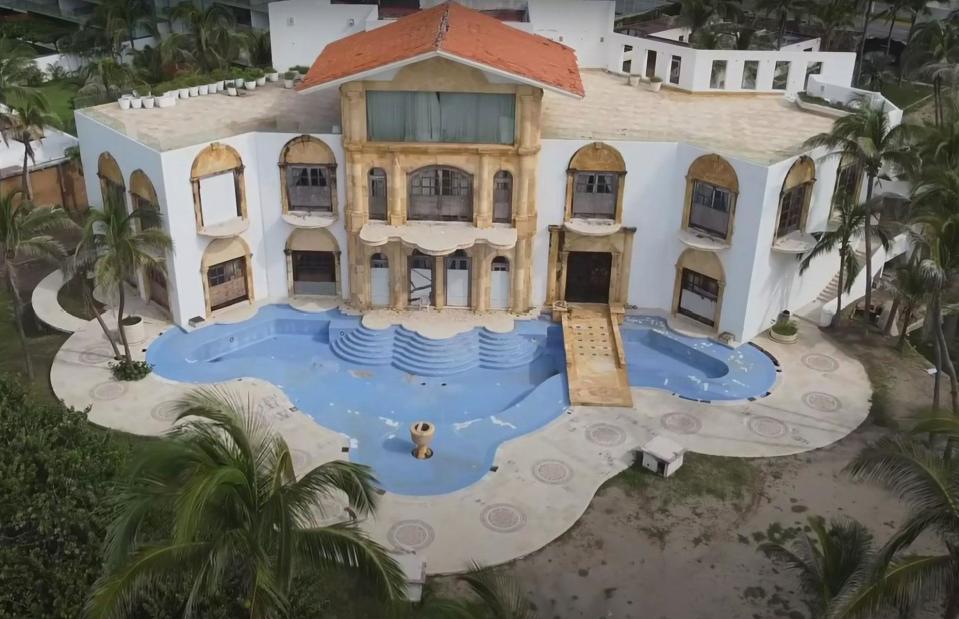
@silent gdl/YouTube
Perched on the beachfront of Acapulco on Mexico's dazzling Pacific coast lies this crumbling mansion, once home to iconic Latin American singer Luis Miguel. Constructed in the 1990s, the resort-style property is located on a 387,500-square-foot (36,000 sqm) plot and was decked out to the exacting specifications of the famous musician.
This incredible image of the dilapidated estate was captured by urban explorer Alejandro Fuentes, who shared the drone footage on his YouTube channel.
Luis Miguel's crumbling Acapulco mansion
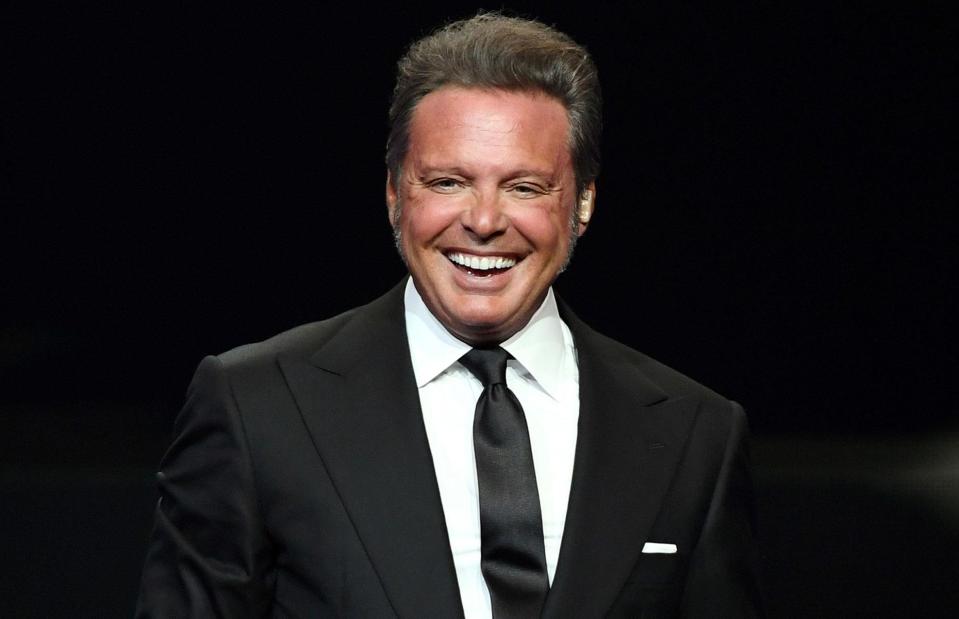
Ethan Miller/Getty Images
Miguel – who is nicknamed El Sol, which translates to 'The Sun' – is said to be an extremely private person, which may have influenced his decision to leave the mansion. Rudy Tercero, who reportedly knew Miguel from his time working in Acapulco's most exclusive nightclubs, said the development of a multi-storey building next door soured the property for the singer.
“One of the reasons he left here is because he lost his privacy, because look what they built right next to his wall," reads a translation of the video Tercero posted on TikTok. "People could go up there and watch him sunbathe from the rooftop. Luis Miguel's privacy was over and that's why he left Acapulco."
Luis Miguel's crumbling Acapulco mansion

@casadeluismiguel/TikTok
The singer began spending much of his time abroad in Los Angeles and Miami, where he owned other homes, leaving the mansion to languish. In 2013, Miguel finally decided to sell the property. It was reportedly purchased for 106 million pesos (£4m/$5.4m) by a real estate company owned by businessman Jaime Camil, a friend of the singer's. However, little has been done with the mansion and it continues to deteriorate.
In recent years, the property has become something of a hotspot for urban explorers. Pictured here are screenshots from the @casadeluismiguel TikTok account, which documents the mansion's sprawling floor plan.
Luis Miguel's crumbling Acapulco mansion
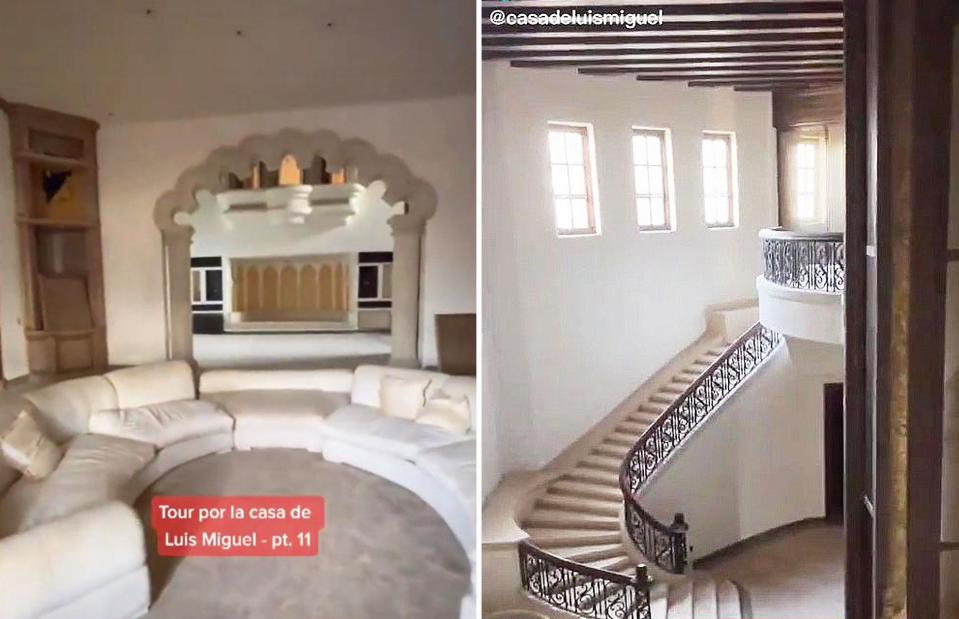
@casadeluismiguel/TikTok
From this shot of the hallway, you can get a sense of the impressive scale of the mansion, which features towering ceilings, exposed roof beams and sweeping staircases lined with decorative wrought-iron bannisters.
When these images were captured in 2021, some of the furniture was still in place. In the lounge, a circular cream couch sits in a sunken conversation pit, no doubt the location of many an A-list soirée over the years.
Luis Miguel's crumbling Acapulco mansion

@casadeluismiguel/TikTok
Pictured on the left is what used to be the master suite. The bed would likely have been positioned on this raised platform, where you can still see the outline of the headboard. Swagged gold curtains frame the sleeping space, which would've afforded tranquil views of the ocean each morning.
On the right is the empty Jacuzzi bath from the mansion's lavish spa. Like the bedroom, traces of the space's former grandeur still remain, including more swagged curtains and Grecian columns.
Luis Miguel's crumbling Acapulco mansion
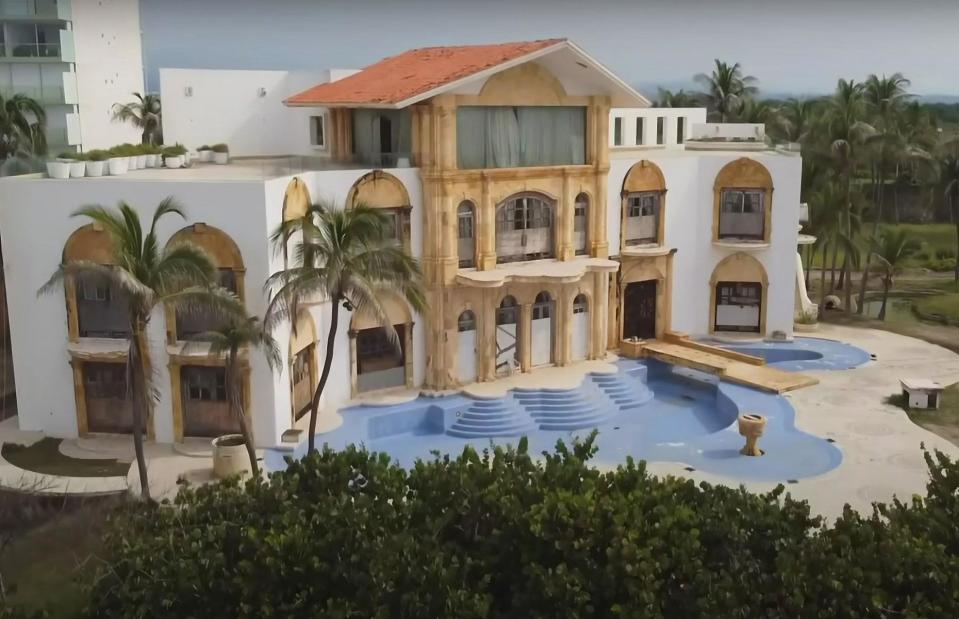
@silent gdl/YouTube
The estate appears to have nine lives. Rumours swirled for years that the property was heading for the wrecking ball yet they seemingly never came to fruition. Then in May 2021, a video posted on the @casadeluismiguel Tiktok account appeared to show the structure up in flames, though this could not be independently confirmed.
Meanwhile, in October 2023, Hurricane Otis made landfall near Acapulco, devasting the coastline of the beach resort. Miguel's former home was one of the properties that bore the brunt of the Category 5 cyclone, yet according to Mexican national newspaper El Universal, the mansion survived. However, in October 2024, Hurricane John struck the same southern Pacific coastline. The condition of the mansion is not yet known.
Courtney Love's country retreat
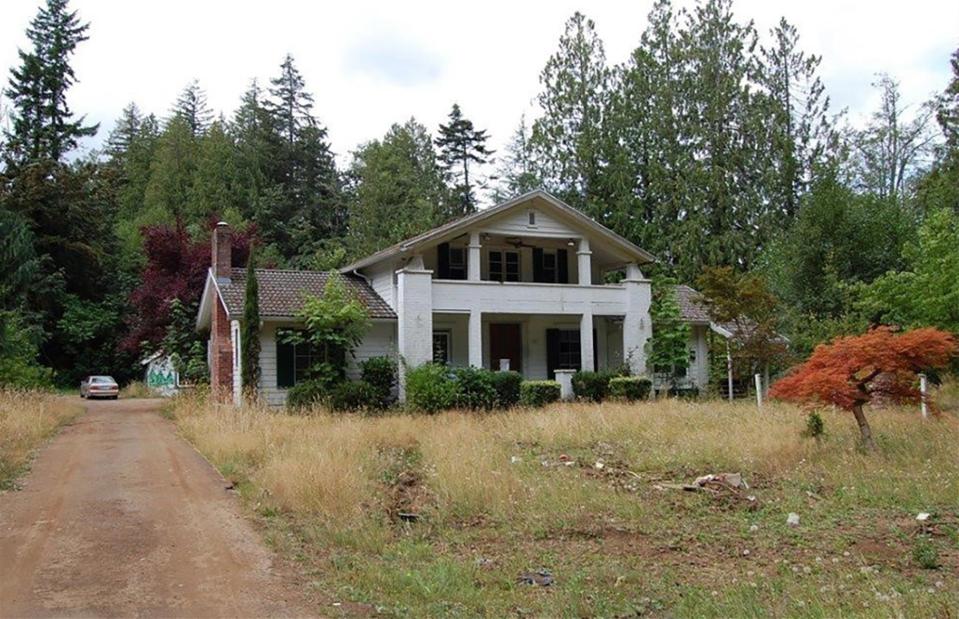
Spence Weigand/Virgil Adams Real Estate
Courtney Love put her grungy three-bedroom, two-bathroom country retreat in Olympia, Washington state on the market in 2018 with Virgil Adams Real Estate for £240,000 ($320k).
According to a Variety report, the seven-acre (2.8ha) property had been unoccupied for years and was in a state of extreme disrepair at the time of sale.
Courtney Love's country retreat

Michael Loccisano/Getty Images
The singer, film star and widow of Nirvana frontman Kurt Cobain, acquired the property in 1995, more or less a year after the passing of her husband. The formerly hard-living rocker paid £335,000 ($447k) for the country retreat.
Courtney Love's country retreat
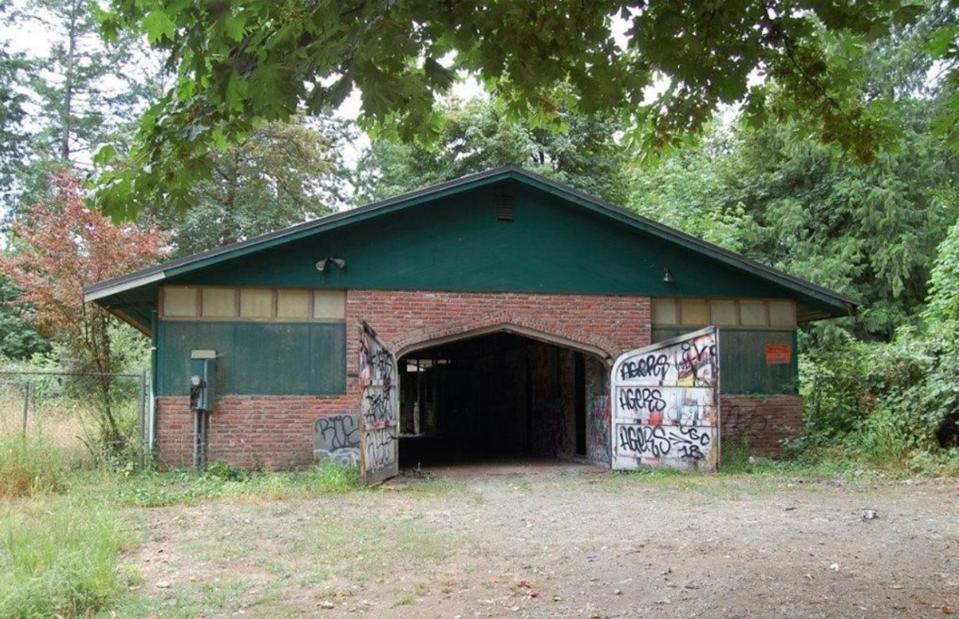
Spence Weigand/Virgil Adams Real Estate
The realtor stated in the listing description that the home was a "major fixer" that required "a ton of work" to return it to a state fit for human habitation. Not mincing any words, the real estate agent stated that it needed an extreme overhaul, and presumably called for a buyer with very deep pockets.
Courtney Love's country retreat
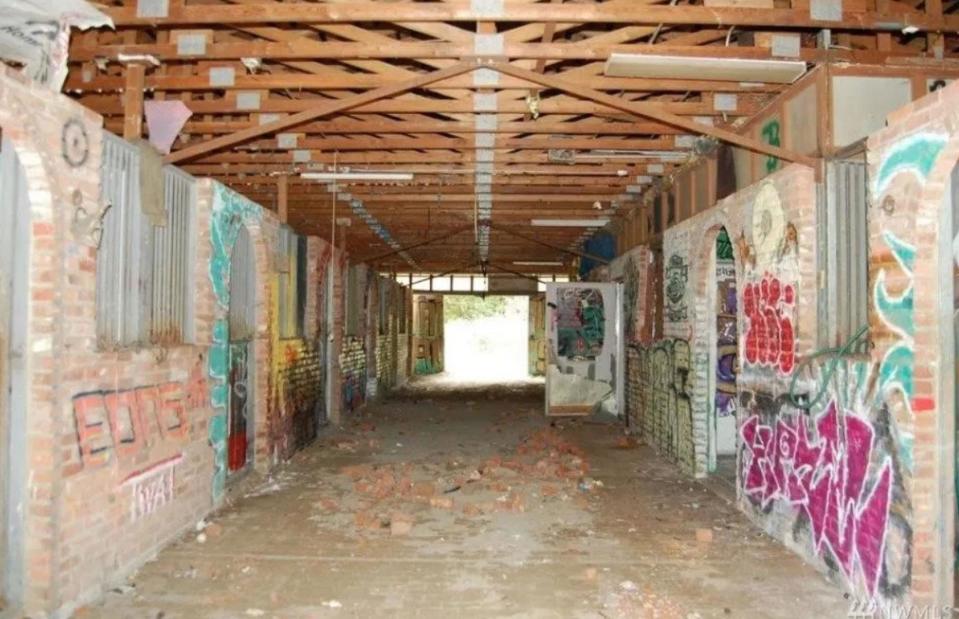
Spence Weigand/Virgil Adams Real Estate
The singer clearly hadn't stayed at the property in years and had decided to sell the home, which includes a number of neglected outbuildings, at a considerable loss, having already attempted to offload it in 2011.
Courtney Love's country retreat
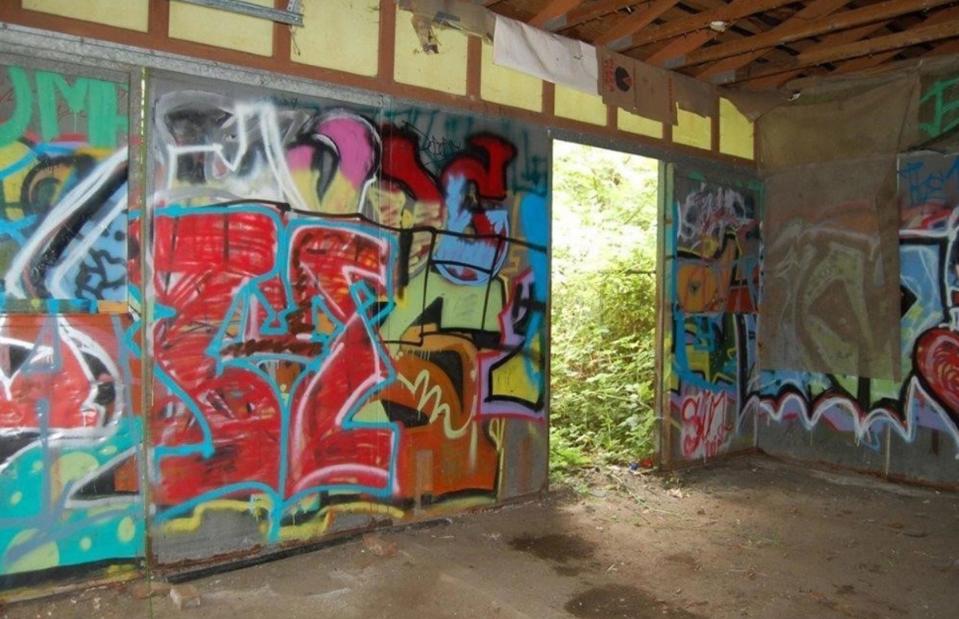
Spence Weigand/Virgil Adams Real Estate
Considering the property's condition, it's not difficult to figure out why Love opted for such a low asking price. The interior of the house was seriously rundown and, as you can see from this and the previous photo, the walls of the eight-stall stable were covered in graffiti, while bricks littered the floor. The outhouse was positively crying out for a comprehensive makeover.
Courtney Love's country retreat
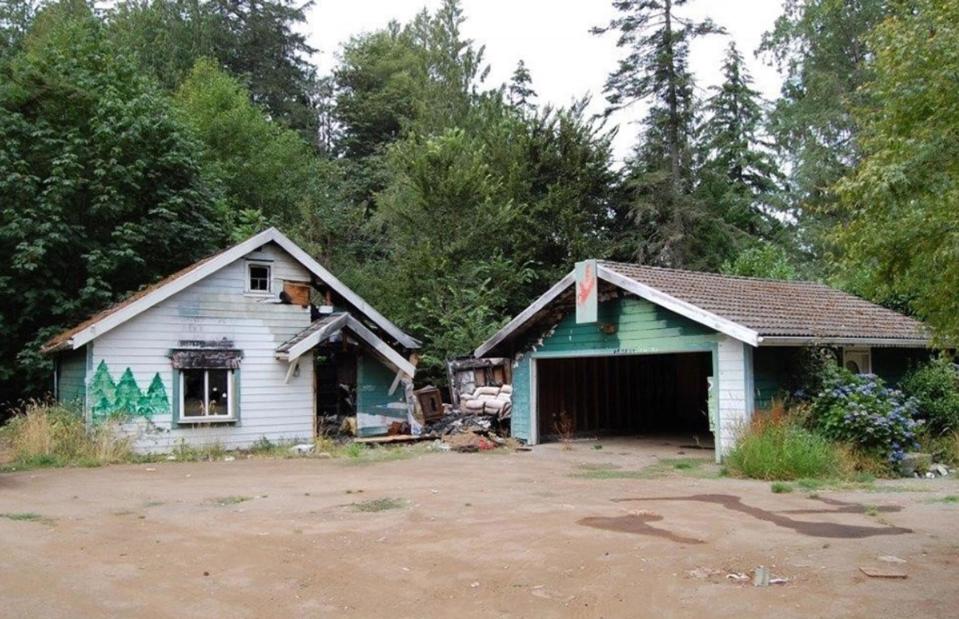
Spence Weigand/Virgil Adams Real Estate
While the former rock star's home was rundown, the guest cottage was in the worst state, having succumbed to fire damage some time ago.
Fortunately, a buyer was found and an offer was made in August 2018. Now off the market, the estate has undergone a major refurb and is no doubt a lovely family home.
Boris Becker's Balearic bolthole
![<p>Georg Berres/Facebook [CC BY 4.0]</p>](https://s.yimg.com/ny/api/res/1.2/mdewZb__yZAM25JT8WSN8g--/YXBwaWQ9aGlnaGxhbmRlcjt3PTk2MDtoPTYxOQ--/https://media.zenfs.com/en/loveproperty_uk_165/2d66a3c9707e634ba72921dfe6748599)
Georg Berres/Facebook [CC BY 4.0]
Flush with cash at the time, Boris Becker bought the idyllic Finca de Son Coll on the Spanish island of Mallorca in 1997. The German tennis ace proceeded to spend a fortune on it, adding a pool with a Moroccan-style pool house, a guesthouse, a basketball court and more. But the dream home soon turned into a nightmare…
Boris Becker's Balearic bolthole
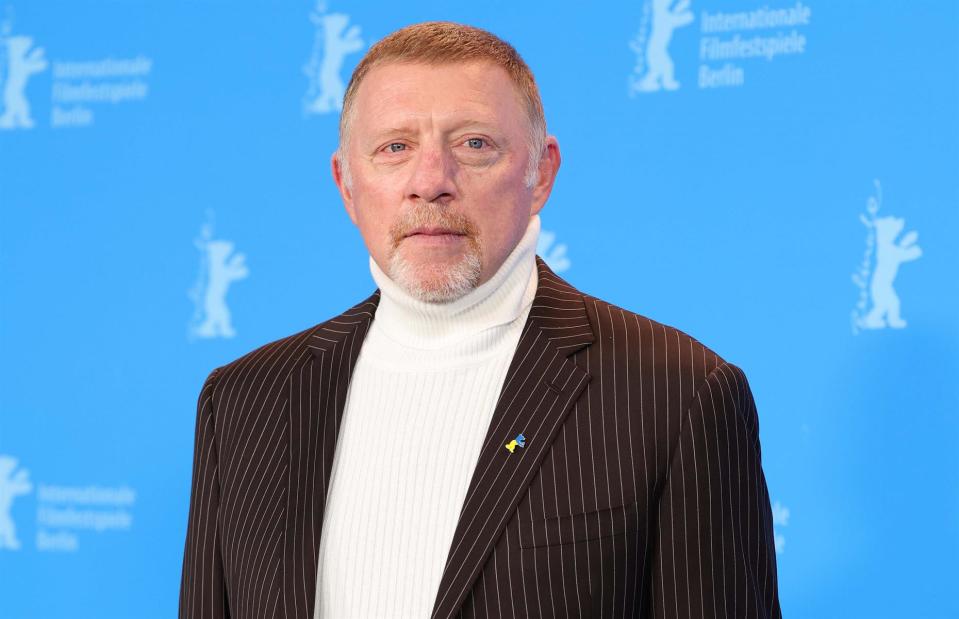
Andreas Rentz/Getty Images
The former tennis star seemingly didn't play by the rules when it came to the renovations. Becker was slapped with a £204,000 ($272k) fine in 2004 for additions that weren't approved by the authorities and was ordered to tear them down.
In 2007, the property was put on the market for the purportedly hefty asking price of £12.5 million ($16.6m) but no buyer could be found.
Boris Becker's Balearic bolthole
![<p>Georg Berres/Facebook [CC BY 4.0]</p>](https://s.yimg.com/ny/api/res/1.2/ozUX2txl.8A5UhTmmFiMpQ--/YXBwaWQ9aGlnaGxhbmRlcjt3PTk2MDtoPTYxOQ--/https://media.zenfs.com/en/loveproperty_uk_165/c38429d3d78aab11f48b38bc16dc5812)
Georg Berres/Facebook [CC BY 4.0]
The Grand Slam singles champion struggled to afford the upkeep. In 2011, Becker was sued by his gardener who was owed £229,800 ($306k). As ordered by the Spanish court, the property was confiscated until the outstanding bill was paid.
The property was confiscated again in 2014 when Becker failed to settle an invoice for building work.
Boris Becker's Balearic bolthole
![<p>Georg Berres/Facebook [CC BY 4.0]</p>](https://s.yimg.com/ny/api/res/1.2/rctl.ohCfwO1hXvkqvokOg--/YXBwaWQ9aGlnaGxhbmRlcjt3PTk2MDtoPTYxOQ--/https://media.zenfs.com/en/loveproperty_uk_165/067fe4bc157d113bca68ac73716209f4)
Georg Berres/Facebook [CC BY 4.0]
Becker eventually paid the invoice and recouped the property, only to lose it for good following his bankruptcy in 2017. The finca passed to the administrators but was commandeered by a group of people including German ex-pat Georg Berres, who told reporters that he would leave if Spanish authorities asked him to.
While living there, Berres documented the state of the once-beautiful home. It had clearly been abandoned midway through building works, with piles of furniture left in the overgrown garden and the interior stripped almost bare.
Boris Becker's Balearic bolthole
![<p>Georg Berres/Facebook [CC BY 4.0]</p>](https://s.yimg.com/ny/api/res/1.2/RpAWYB0eZfBdBaRnv57rnQ--/YXBwaWQ9aGlnaGxhbmRlcjt3PTk2MDtoPTYxOQ--/https://media.zenfs.com/en/loveproperty_uk_165/d1774739c6c69f92ff59af466c9f1ba6)
Georg Berres/Facebook [CC BY 4.0]
More bad luck was around the corner for the beleaguered former tennis star. According to The Guardian, Becker was jailed for two and a half years in April 2022 for hiding millions of pounds of assets following his bankruptcy – including his share in a £1 million ($1.3m) property in Germany. The former tennis star served just eight months of his sentence and was released from prison in December 2022 and deported from the UK.
Boris Becker's Balearic bolthole
![<p>Georg Berres/Facebook [CC BY 4.0]</p>](https://s.yimg.com/ny/api/res/1.2/EczqEdto7JXoOVdSpwAzCA--/YXBwaWQ9aGlnaGxhbmRlcjt3PTk2MDtoPTYxOQ--/https://media.zenfs.com/en/loveproperty_uk_165/6876e20e72919689bcbfc616720971ab)
Georg Berres/Facebook [CC BY 4.0]
However, there is some light at the end of this turbulent period. In 2023, it was reported that Becker's Balearic estate had finally sold to a German businessman. According to reporting by German newspaper Bild am Sonntag, the new owner is said to have embarked on a major renovation of the forlorn property as soon as the sale was complete. 150 skip loads of waste have reportedly been removed from the house and the buyer plans to overhaul the grounds with the planting of some 500 orange trees.
Becker, meanwhile, appears to be slowly rebuilding his life following his stint behind bars. The former tennis pro tied the knot with his girlfriend of two years in September 2024.
Prince Andrew's Sunninghill Park
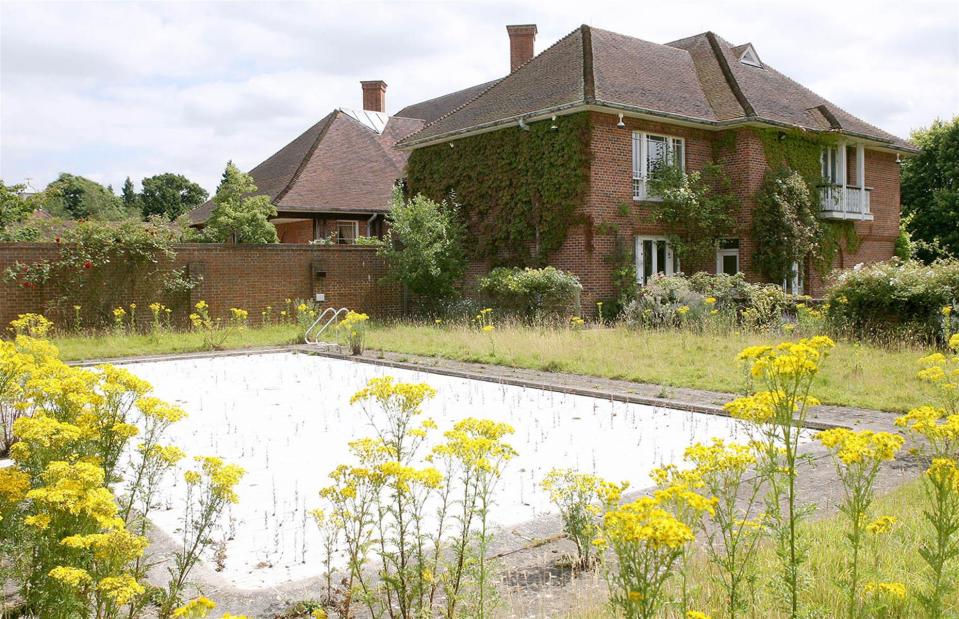
David Cooper/Alamy Stock Photo
Despite Prince Andrew's many high-profile troubles, it has often been said that he was the late Queen's favourite child. In 1986, she gifted her now-disgraced son and his wife, Sarah, Duchess of York, a 665-acre (269ha) parcel of land on the Sunninghill Park Estate in Berkshire following their wedding that same year.
Completed in 1990, this property was dubbed 'Southyork' and the 'Dallas Palace' due to its uncanny resemblance to the ranch house in the 1980s TV show of the same name. Other commentators likened it to an out-of-town supermarket.
Prince Andrew's Sunninghill Park
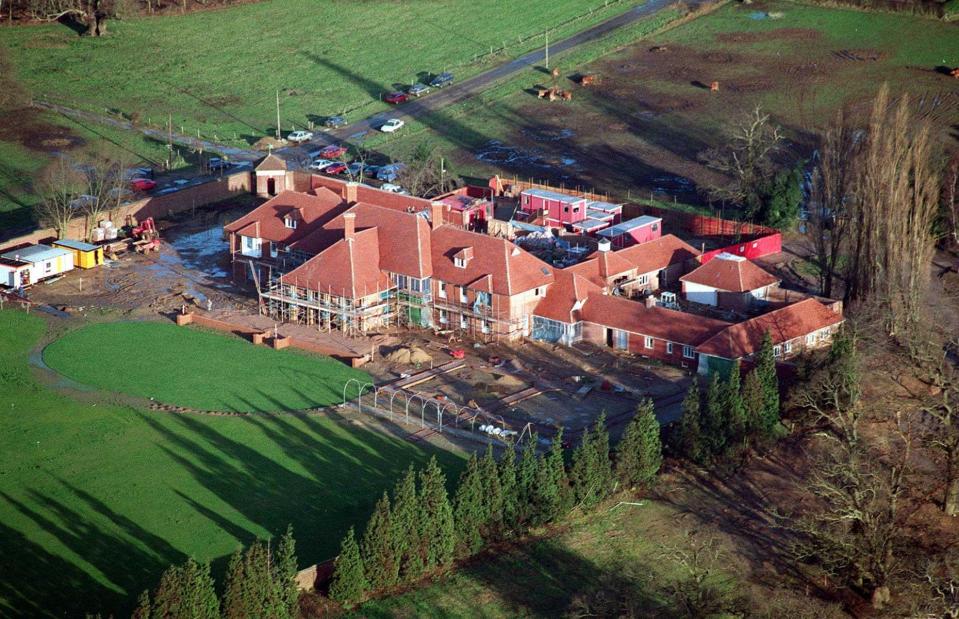
Tony Harris/PA Archive/Getty Images
A 12-bedroom mansion was designed featuring grand reception rooms, stables and a swimming pool, and construction work began on the site in 1987.
Far from a stately home, this was to be a modern mansion with all the mod cons to accommodate their growing family in style. Princess Beatrice, who is currently ninth in the line of succession, was born in August 1988 and was two years old when they moved into the sprawling house. Her sister, Eugenie, who is eleventh in line to the throne, arrived in March 1990. Sunningdale was the only home she knew until she was 16 years old.
Prince Andrew's Sunninghill Park
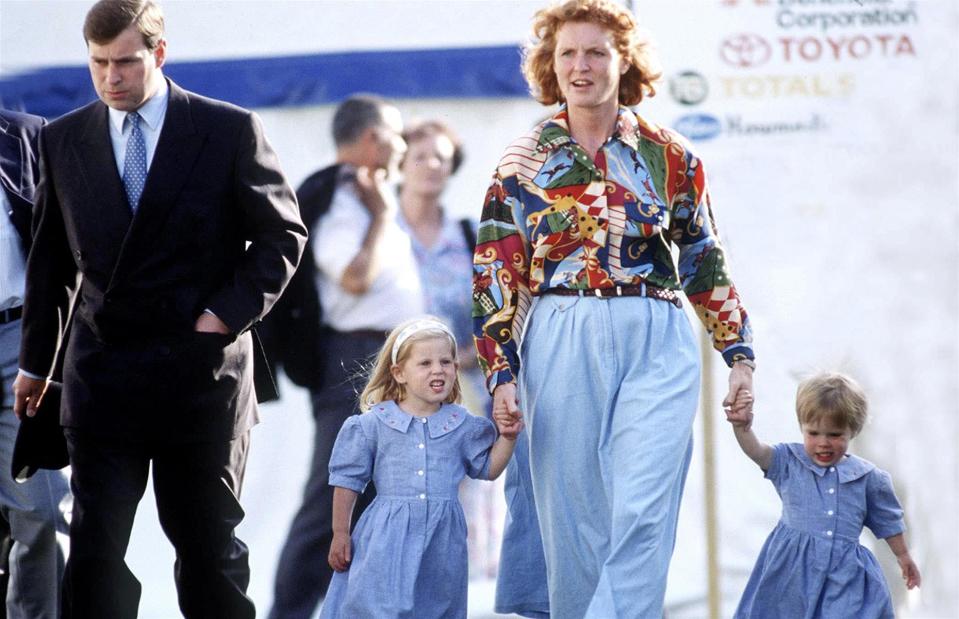
Tim Graham Photo Library/Getty Images
Andrew and Fergie divorced in 1996, yet the duo continued to live under the same roof with their two daughters. Following the Queen Mother's passing in 2002, the Duke decamped to the Royal Lodge in Windsor, her former residence, and Sunninghill Park was put on the market. The Duchess and their daughters followed in 2006, leaving the property vacant.
The Duke is said to have remortgaged the park to cover the cost of renovating the Royal Lodge. A peek inside the mansion in 2008, just two years after Fergie and the two young princesses moved out, gives us an idea of the grandeur in which they lived. Let's take a look...
Prince Andrew's Sunninghill Park
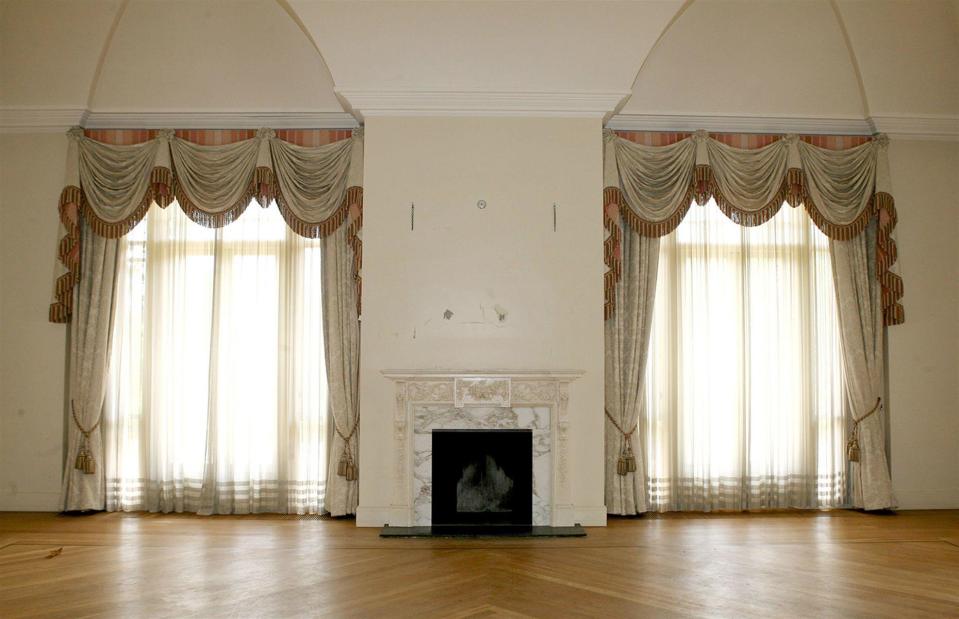
David Cooper/Alamy Stock Photo
In this formal reception room, an elegant carved marble fireplace is flanked by two enormous floor-to-ceiling windows, swathed in reams of gold-tasselled brocade. The chevron wood flooring would look at home in a ballroom, which this room could very well have been. At the very least, it must have been a room in which the couple entertained important guests.
Prince Andrew's Sunninghill Park
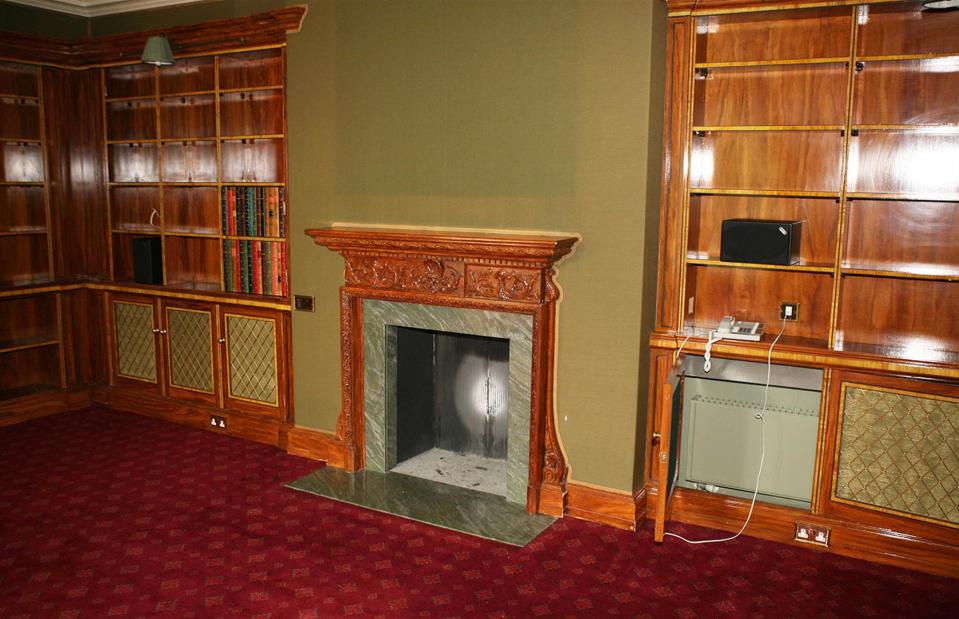
David Cooper/Alamy Stock Photo
The library may have been Prince Andrew's private office or study, judging by the rather masculine design choices of olive green walls, burgundy carpets and heavily carved wood fire surround. The books left behind on the shelves look brand new and include classics such as Hard Times by Charles Dickens, Les Miserables by Victor Hugo and Ian Fleming's Bond classic You Only Live Twice.
Over the years, the empty house fell into disrepair, so it came as a surprise when it sold in 2007 for £15 million – £3 million over the asking price and the equivalent of some £24.6 million ($33m) in today's money – in a deal viewed by some as suspect.
Prince Andrew's Sunninghill Park
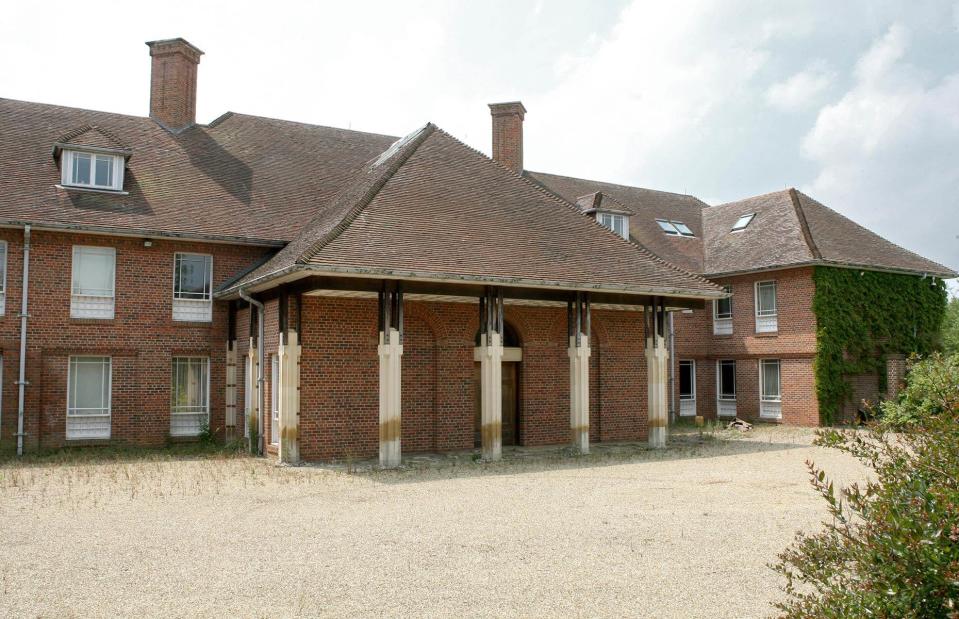
David Cooper/Alamy Stock Photo
The owner was later revealed to be billionaire oligarch Timur Kulibayev, son-in-law of long-time Kazakh leader and Putin ally, Nursultan Nazarbayev. Despite the former president reportedly running a totalitarian state, Prince Andrew is known to have gone goose hunting with him.
While Sunninghill Park had an owner, by 2009 the estate lay abandoned. In December 2013, planning permission was granted to replace the rundown royal residence with a sprawling manor, but demolition work didn't begin until 2015. A far cry from the British royal family's grand private homes, the eyesore was eventually reduced to rubble in 2016. A shiny new mansion has taken shape in its place.
David Gilmour's neglected stately home
![<p>Des Blenkinsopp/Wikimedia Commons [CC BY-SA 2.0]</p>](https://s.yimg.com/ny/api/res/1.2/aA1K0wPM0e9AeupuwkqrVA--/YXBwaWQ9aGlnaGxhbmRlcjt3PTk2MDtoPTYxOQ--/https://media.zenfs.com/en/loveproperty_uk_165/a11468e702bdc0c0b16a6d98033f4354)
Des Blenkinsopp/Wikimedia Commons [CC BY-SA 2.0]
Destined to become the UK home of Pink Floyd guitarist David Gilmour, the Elizabethan manor in Oxfordshire known as Hook End was built in 1580 for the Bishop of Reading.
Over the years, the 11-bedroom mansion has passed through the property portfolios of the rich and famous, from Selfridges' owner Sir Charles Clore to Alvin Lee, lead singer of the band Ten Years After, who purportedly snapped up the house in 1972 and built a recording studio in the barn.
David Gilmour's neglected stately home
![<p>Andy MacLarty/Wikimedia Commons [CC BY 2.0]</p>](https://s.yimg.com/ny/api/res/1.2/_41gTLjqISdljzM73MWM0Q--/YXBwaWQ9aGlnaGxhbmRlcjt3PTk2MDtoPTYxOQ--/https://media.zenfs.com/en/loveproperty_uk_165/03d52ae4aeb2adc2057143d4ce3de244)
Andy MacLarty/Wikimedia Commons [CC BY 2.0]
David Gilmour bought the property in 1980 and several of his band's albums were recorded in the studio. He sold up in 1986 and Hook End eventually passed to record producer Trevor Horn, who transformed the property into a luxe recording venue.
An impressive line-up of musicians cut singles and LPs there over the years, including Frankie Goes to Hollywood, Rod Stewart, the Manic Street Preachers, Seal and the Smiths.
David Gilmour's neglected stately home
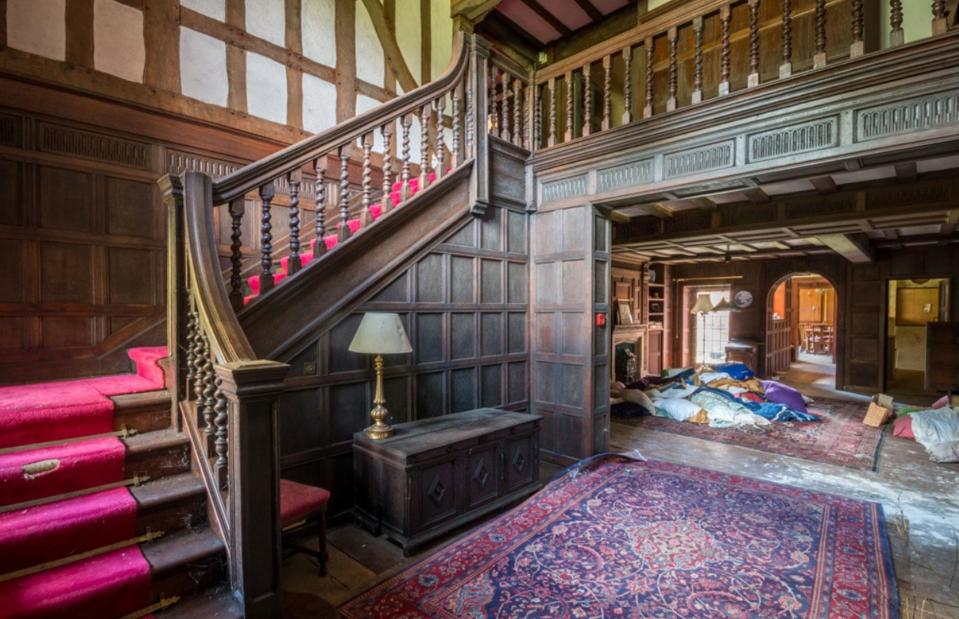
Trevor Bishenden/TrevBish Photography
Steeped in history, not to mention rumours of spectral visitors, the Smiths singer Morrissey claimed to have been visited by the ghost of a monk during his stay at the manor. The phantom would appear during the early hours of the morning as if to wake the home's residents up to pray.
David Gilmour's neglected stately home
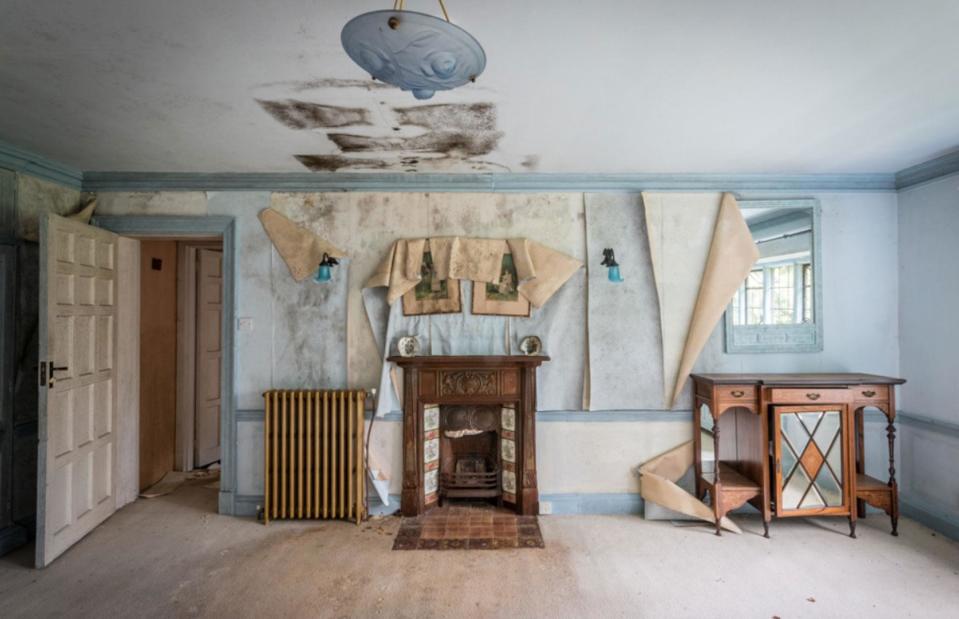
Trevor Bishenden/TrevBish Photography
Tragedy struck the historic home in 2006, when Trevor Horn's wife, Jill Sinclair, was accidentally injured by their son, Aaron, who was practising with his air rifle, unaware his mother was nearby. Sinclair suffered brain damage and never fully recovered.
Horn decided to sell up following the accident and the property was bought by producer Mark White in 2009 for £13.6 million ($18m).
David Gilmour's neglected stately home
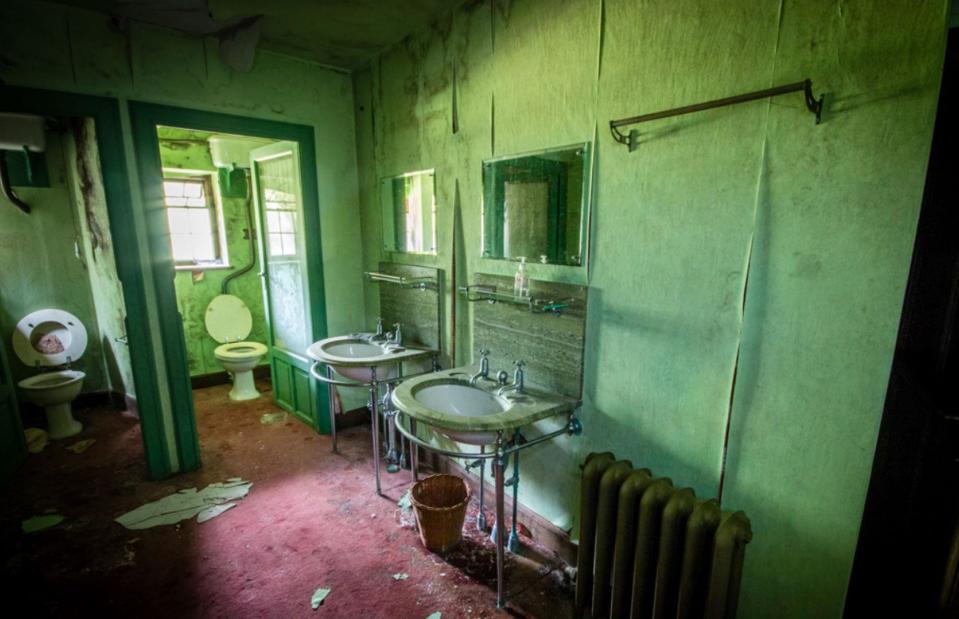
Trevor Bishenden/TrevBish Photography
White invested in the studio but the house lay neglected for years and became incredibly rundown. Trevor Bishenden, aka TrevBish Photography, captured the property's dilapidated interiors in 2017 when the manor appeared to be completely abandoned. As you can see from this image, signs of rising damp were evident and the wallpaper was peeling off the walls.
David Gilmour's neglected stately home
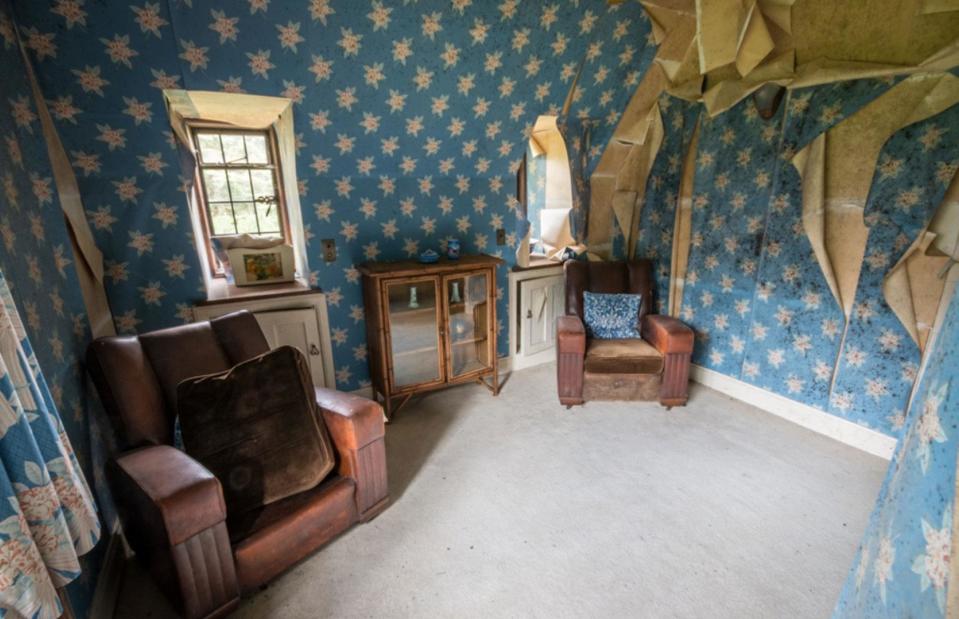
Trevor Bishenden/TrevBish Photography
Fortunately, Hook End has since been given a new lease of life and renovated from top to bottom. The historic home's original features including wood panelling, beams and fireplaces, appear to have been restored to their former glory. The house is now offered as luxury accommodation for musicians recording at the studio. There may even be plans afoot to add a luxury pool complex.
Michael Jackson's Neverland Ranch
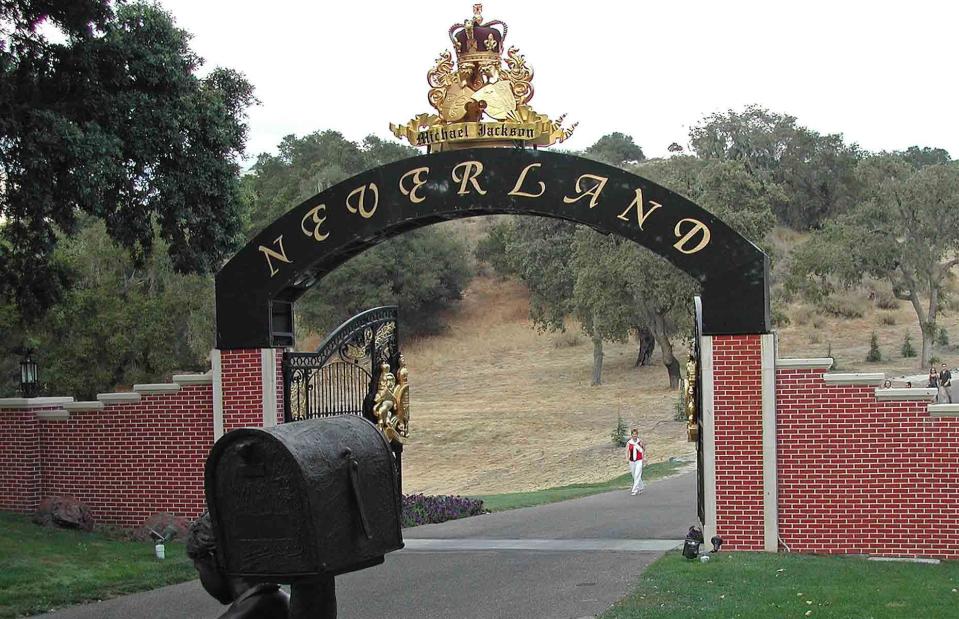
dpa picture alliance archive/Alamy Stock Photo
Before his fall from grace, Michael Jackson teamed up with Paul McCartney to record 'Say Say Say' in 1983. The former Beatle stayed at Sycamore Valley Ranch in California when the pair were recording the single’s music video, and after visiting McCartney there, Jackson fell in love with the place, promising to buy it someday.
Michael Jackson's Neverland Ranch
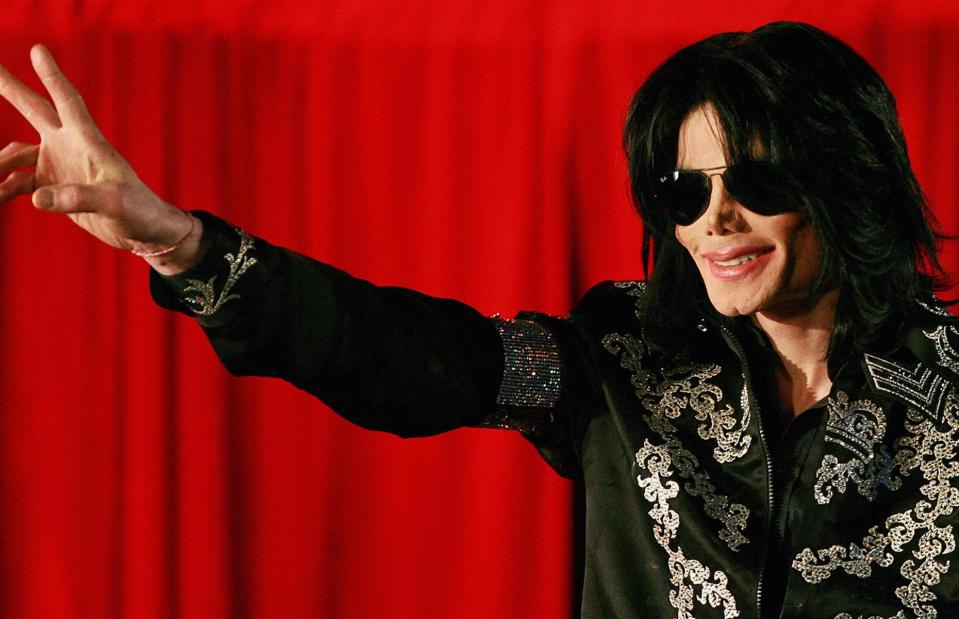
Carl de Souza/AFP/Getty Images
Some years later in 1988, when the King of Pop hit 30, he acquired the American estate for an estimated £14.6 million ($19.5m). Jackson renamed the property Neverland after the magical island in Peter Pan and set about creating his very own amusement park.
Michael Jackson's Neverland Ranch
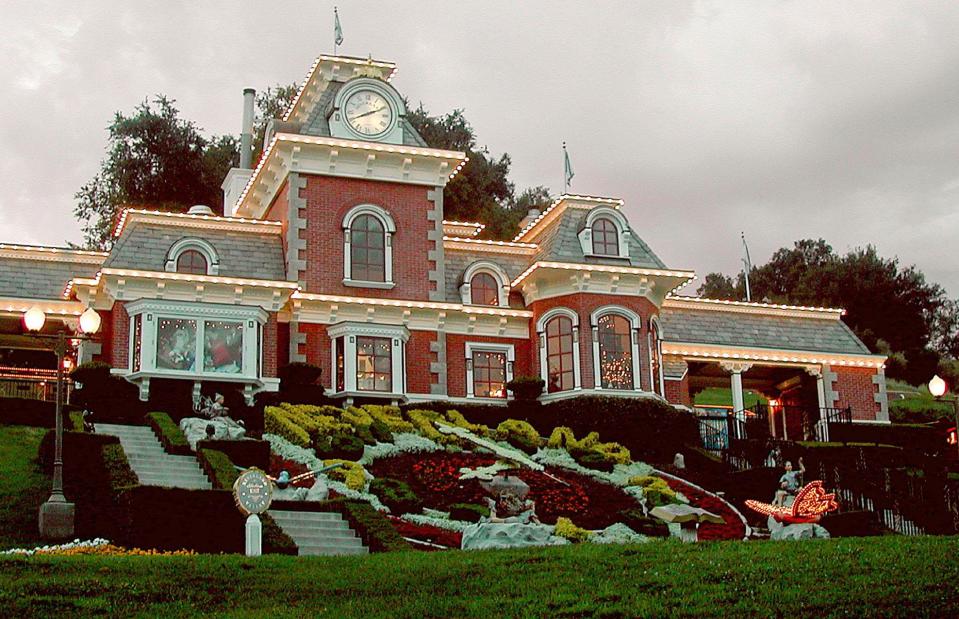
dpa picture alliance archive/Alamy Stock Photo
The singer had two railways and a station built to complement the six-bedroom Tudor-style mansion that came with the property and installed a petting zoo and numerous amusement rides. Neverland had everything from a Ferris wheel and pirate ship ride to a carousel and bumper cars.
Michael Jackson's Neverland Ranch
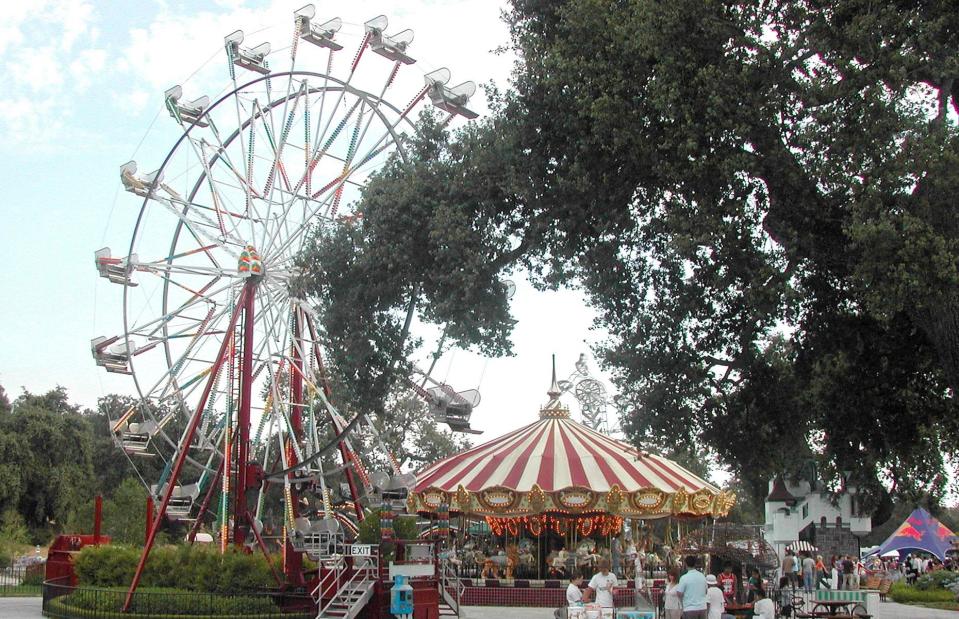
dpa picture alliance archive/Alamy Stock Photo
Jackson hosted glittering events at the ranch, including the 1991 wedding of his close friends, Elizabeth Taylor and Larry Fortensky, and often invited children to stay, sometimes without their parents or legal guardians. Needless to say, Jackson's behaviour raised suspicions.
Neverland was ransacked by police when allegations came to light in 2003 and the singer was charged with child abuse. Jackson was eventually cleared of all charges, though 2019's harrowing Leaving Neverland documentary has raised fresh allegations.
Michael Jackson's Neverland Ranch
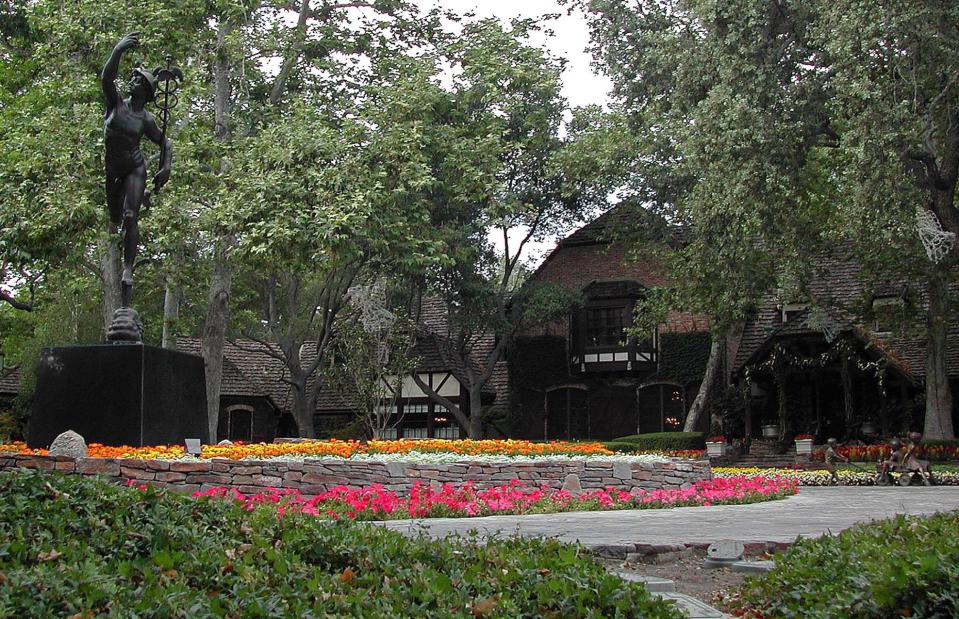
dpa picture alliance archive/Alamy Stock Photo
Drowning in debt, the disgraced singer struggled to hold on to the property and Neverland Ranch was shut down in 2006.
After Jackson defaulted on the ranch's mortgage, investment firm Colony Capital bought a majority stake in Neverland in 2008 for £16.9 million ($22.5m). Following Jackson's passing in 2009, the property fell into disrepair. Neverland was put up for sale several times over the past few years but has proved difficult to sell.
Michael Jackson's Neverland Ranch
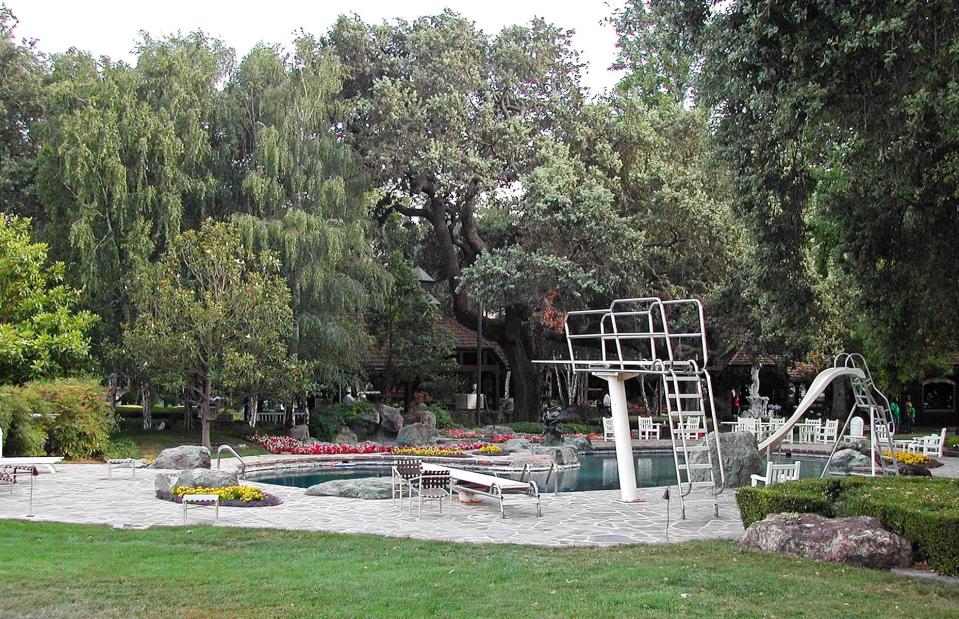
dpa picture alliance archive/Alamy Stock Photo
Billionaire Ron Burkle, who met Jackson at a charity event, eventually purchased Neverland for £16.5 million ($22m) in December 2020, almost £60 million ($80m) below the asking price.
After bringing back the animals and making improvements, the ranch has been used as a filming location in the upcoming biopic of Michael Jackson's life. Aerial photos reveal that the fairground rides, trains and a replica of Jackson's carousel have all been meticulously rebuilt along with a red and white circus tent. There's even a recreation of the iconic red train that transported visitors around the park. But how much will remain after the film wraps?
Mike Tyson's deserted lavish mansion
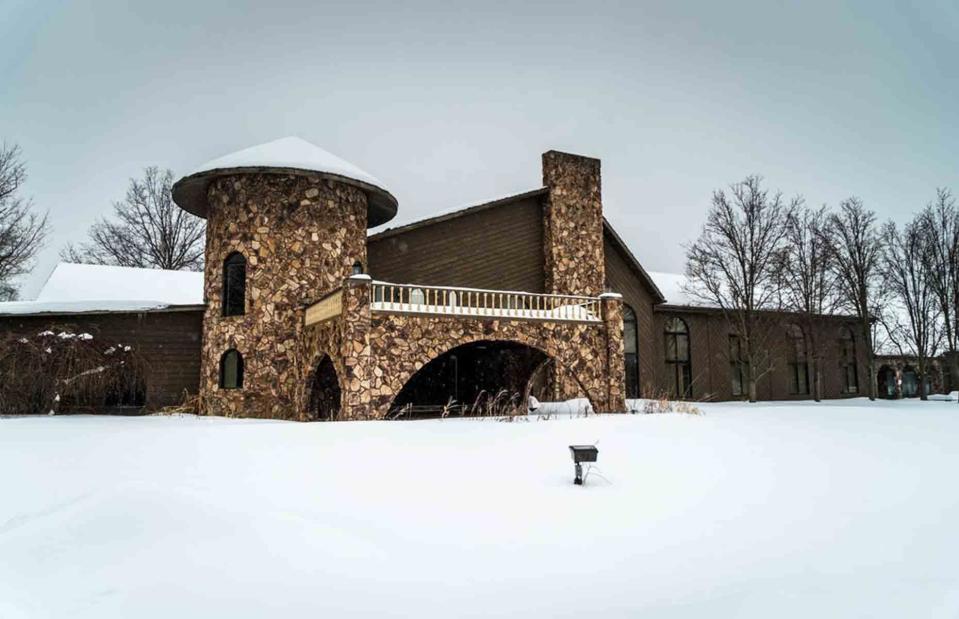
Johnny Joo Photography
Mike Tyson snapped up this glitzy confiscated mansion in Southington, Ohio at a sheriff's sale in 1989 for the bargain price of £225,000 ($300k). The 25,000-square-foot (2,322sqm) pad was built in 1979 by local politician Ted Vannelli, who was later jailed on corruption charges.
Captured by photographer, Johnny Joo, these images were featured on the Architectural Afterlife website.
Mike Tyson's deserted lavish mansion
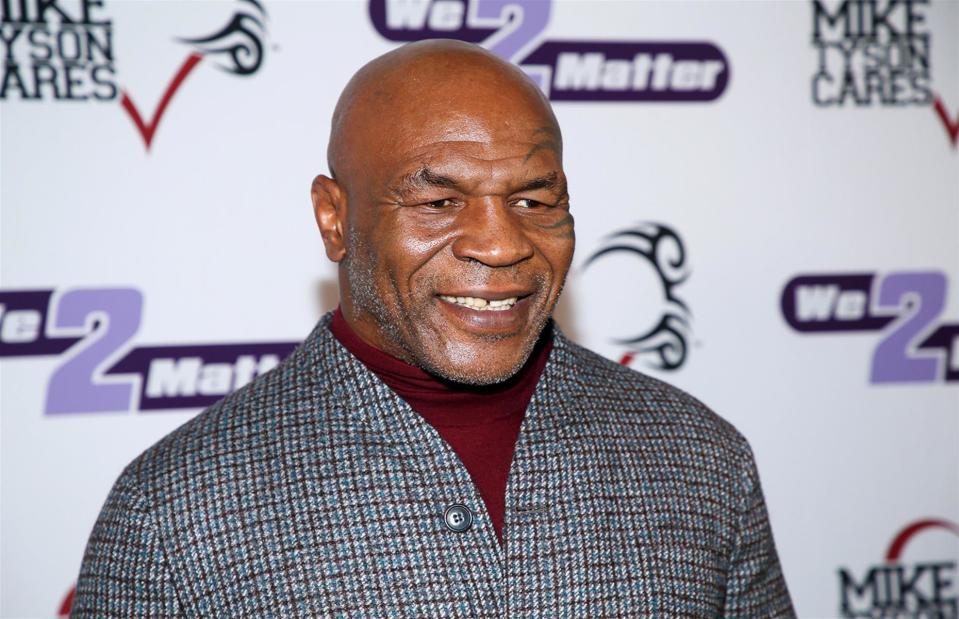
Phillip Faraone / Getty Images
The former heavyweight champion boxer spared no expense on the magnificent five-bedroom mansion, which was decked out with an enormous pool, two massive kitchens, three cages for Tyson's expensive Bengal tigers, copious amounts of marble, crystal chandeliers and zebra-print carpets.
Mike Tyson's deserted lavish mansion
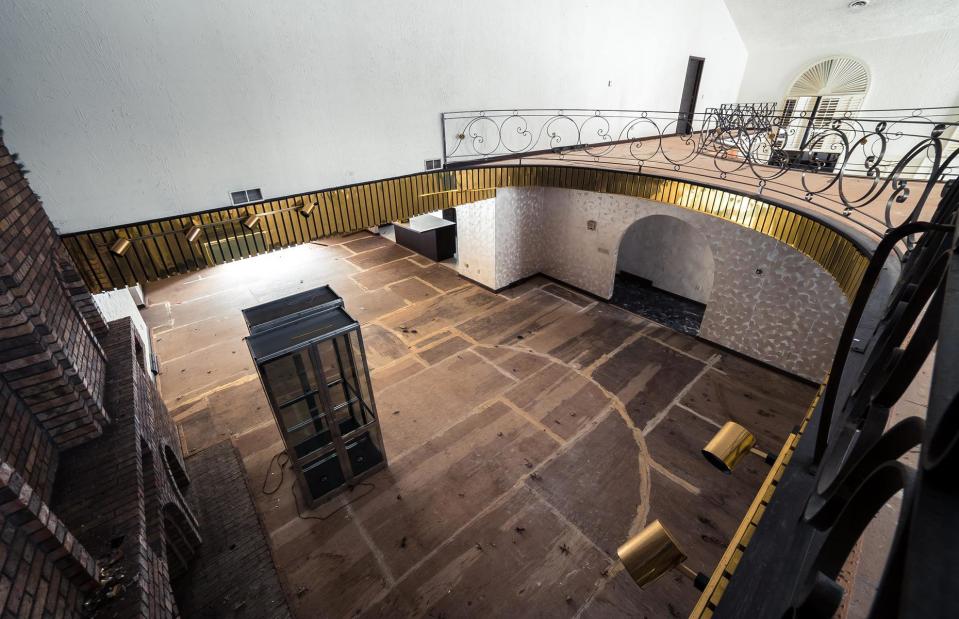
Johnny Joo Photography
Whether the mansion is cursed or not is anyone's guess, but three of its owners have ended up behind bars. In 1992, Tyson spent three years in prison. Upon his release in 1995, the troubled boxer returned to live at the property.
Mike Tyson's deserted lavish mansion
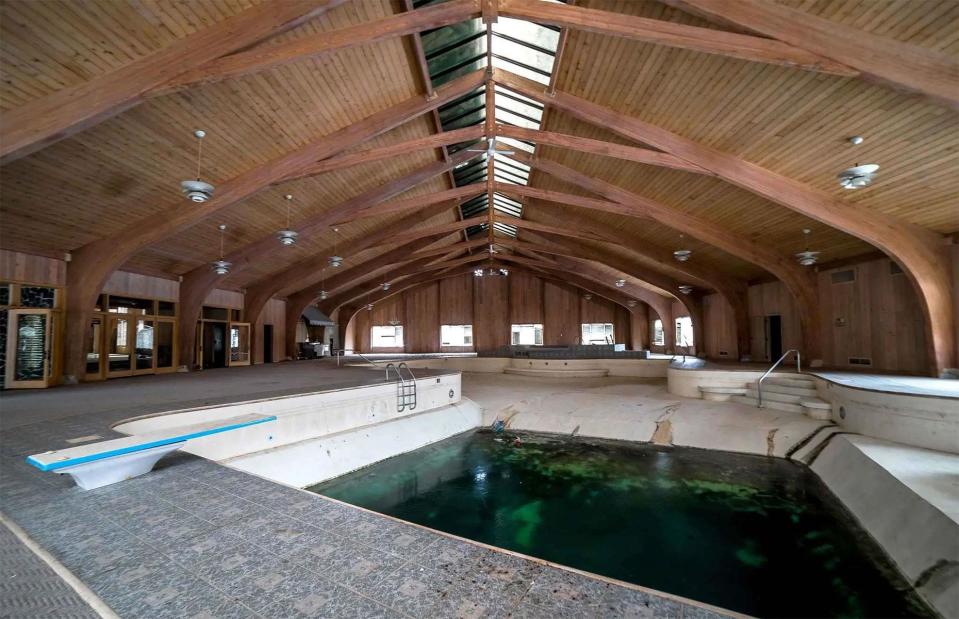
Johnny Joo Photography
Up to his eyeballs in debt thanks to his spendthrift lifestyle, the ex-con sold the property in 1999 to infomercial tycoon Paul Monea for £976,000 ($1.3m), making a tidy profit on the transaction.
Like the former owners of the property, Monea also ended up in the clanger – he was jailed in 2007 for money laundering.
Mike Tyson's deserted lavish mansion
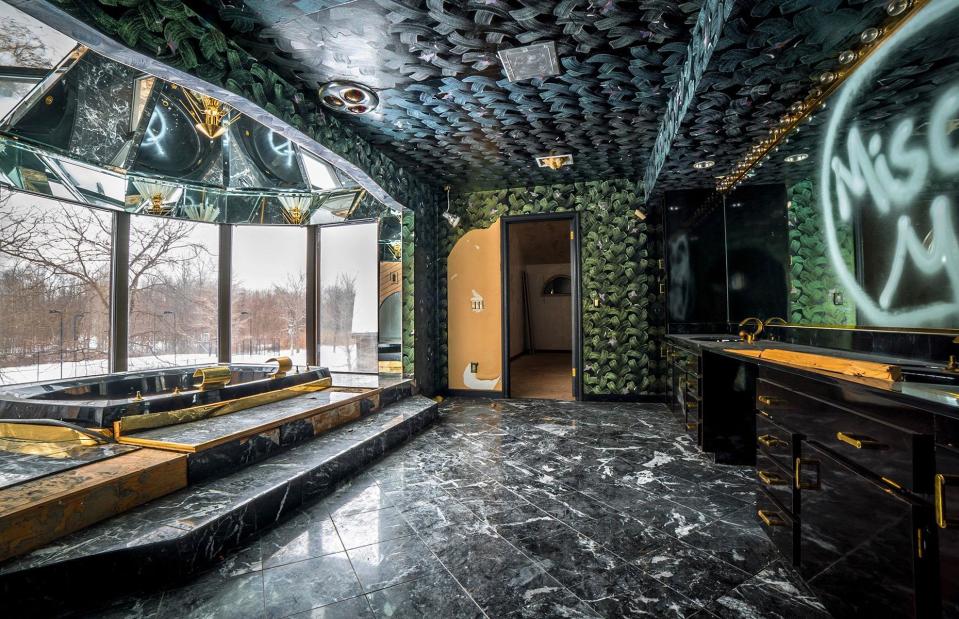
Johnny Joo Photography
The mansion was confiscated once again and fell into a dilapidated state until it was sold in 2010 at yet another sheriff's auction to health club entrepreneur and auto racing team owner, Ron Hemelgarn.
Mike Tyson's deserted lavish mansion
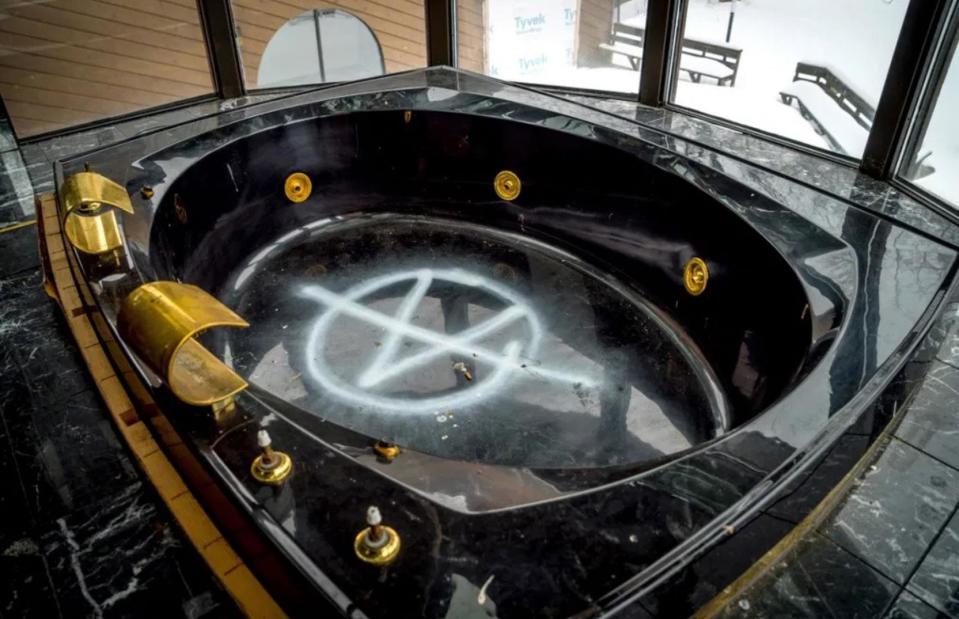
Johnny Joo Photography
Many of the fixtures and fittings were removed but some, including Tyson's bathtub, reportedly worth £1.5 million ($2m), remained untouched. Hemelgarn never lived at the mansion but did manage to restore part of the property.
The estate was passed on in 2014 to the Living Word Sanctuary Church and now serves as the religious community's base and principal place of worship. Much like these abandoned stately homes, we're sure this pad harbours plenty of secrets...
Bruce Lee's Hong Kong home
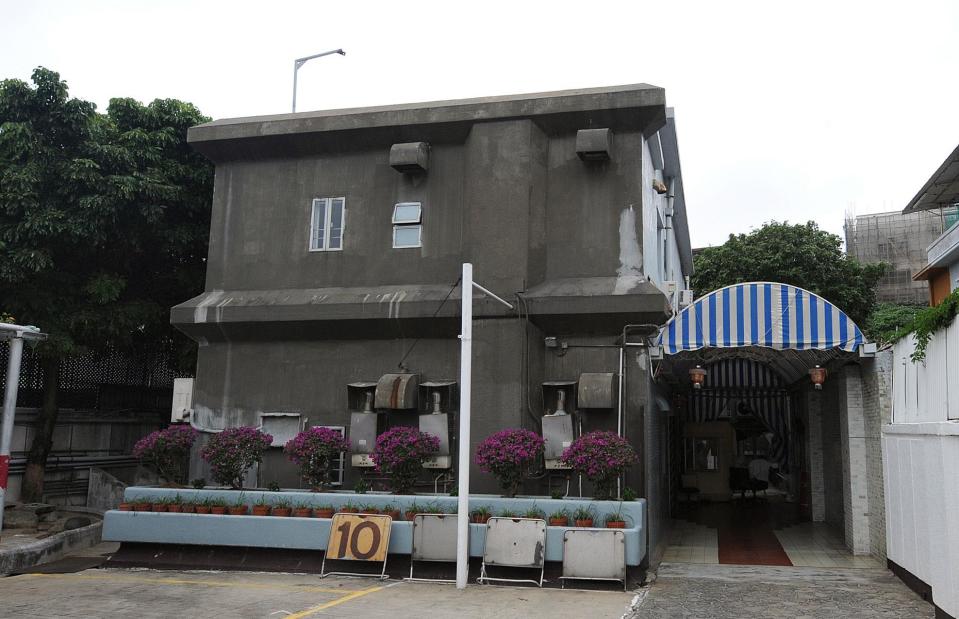
MIKE CLARKE/AFP/Getty Images
Widely considered the most influential martial artist of all time, Bruce Lee moved back to Hong Kong in 1971 following his success in Hollywood. He was tired of being offered the usual supporting roles and typecast TV characters and had big plans to make his own kung-fu movies.
The actor lived in this two-storey townhouse with his wife, Linda Lee Cadwell, and their two children Brandon and Shannon. The home on Cumberland Road, affectionately known as 'The Crane's Nest', was in Kowloon Tong, an exclusive neighbourhood of mansions on streets with distinctively English-sounding names.
Bruce Lee's Hong Kong home
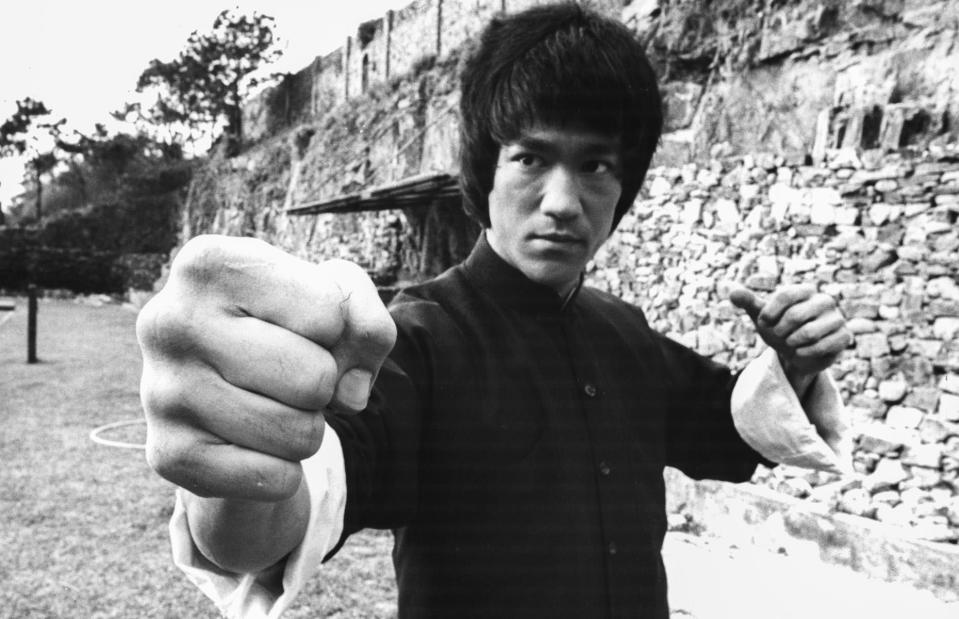
Stanley Bielecki Movie Collection/Getty Images
In the short time he lived at the property, Lee made a series of films in quick succession that would guarantee his cinematic legacy: Fists of Fury and Enter the Dragon, the latter of which was released in Hong Kong just six days after his death in 1973 at the age of 32.
After Lee's passing, the Hong Kong home was quickly purchased by Chinese philanthropist Yu Pang-lin in 1974. After some years it was converted into a "love hotel" where rooms could be rented by the hour.
Bruce Lee's Hong Kong home
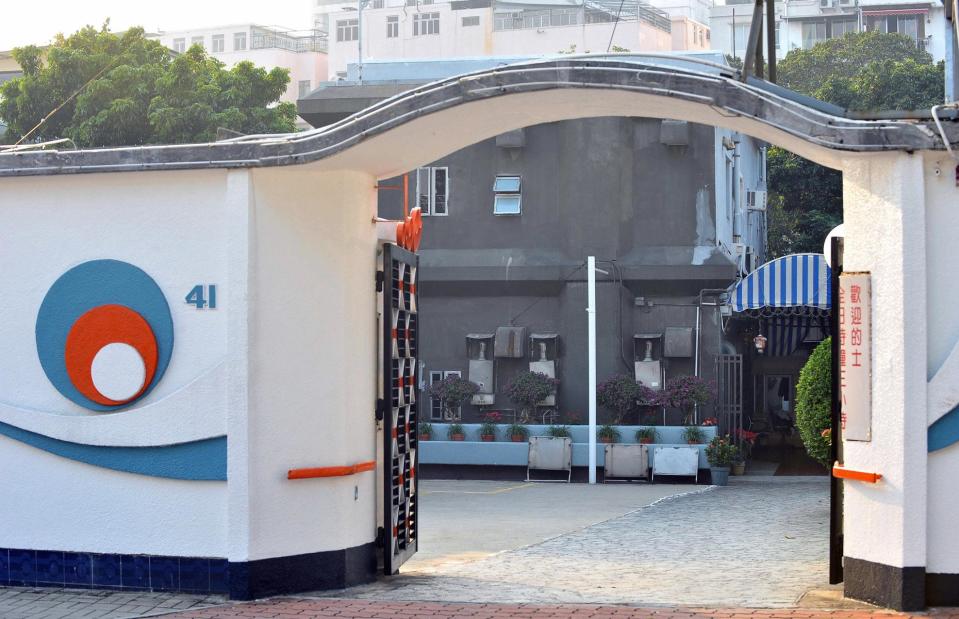
MIKE CLARKE/AFP/Getty Images
Pang-lin later said he was planning to sell the property to raise funds for victims of the 2008 Sichuan earthquake, according to the South China Morning Post. However, Lee's fans wanted to see the home preserved in Lee's honour, but Pang-lin's request to turn it into a museum was rejected by the government.
Pang-lin died in 2015, leaving the mansion and his entire estate to charity. In 2019, the South China Morning Post reported that it was going to be converted into a Chinese studies centre, but the building faced too many structural problems by this point. Maintaining it was almost impossible.
Bruce Lee's Hong Kong home
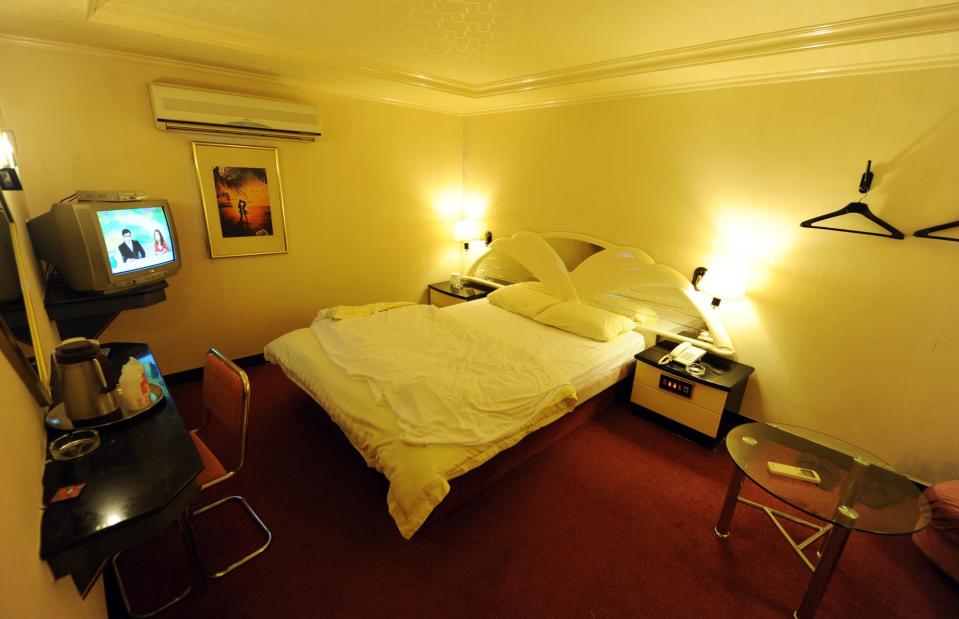
MIKE CLARKE/AFP via Getty Images
Here's what one of the hotel rooms looked like in around 2009. Outside, the gardens had become overgrown and were starting to encroach on the interior spaces, which contained remnants of the building's past life as a hotel.
Bruce Lee's Hong Kong home
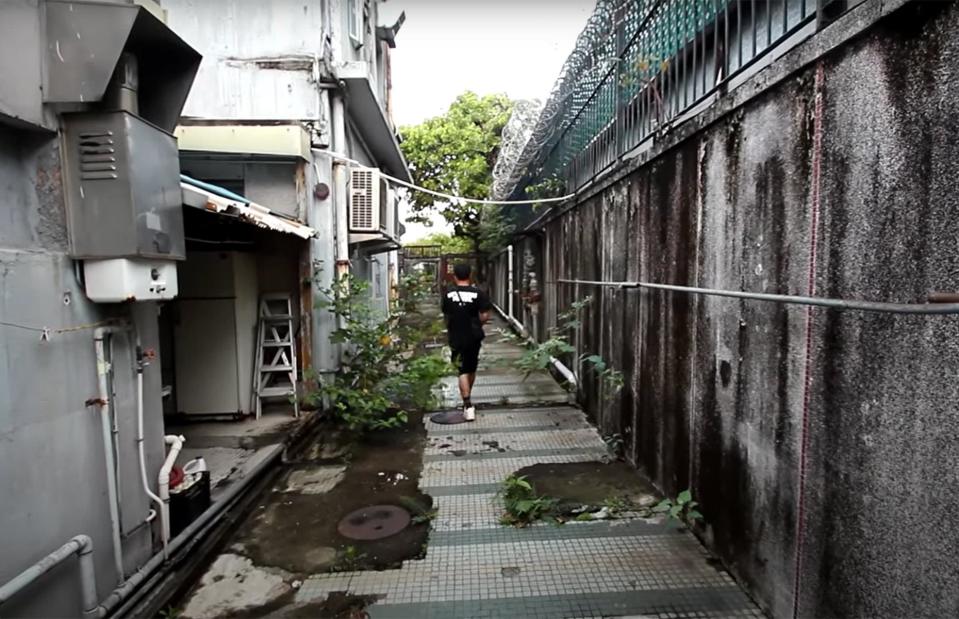
@Illsight/YouTube
In 2017, the urban explorer known as Illsight gained access to the abandoned building and found, to his surprise, that the power and water were on and working and that the property was largely untouched.
It was said that certain original elements were to be preserved in the planned Chinese studies centre, including four window frames and the colourful 3D mosaic made by Lee that once adorned the wall. However, these plans never came to fruition and the original house was sadly demolished in September 2019.
Bruce Lee's Hong Kong home
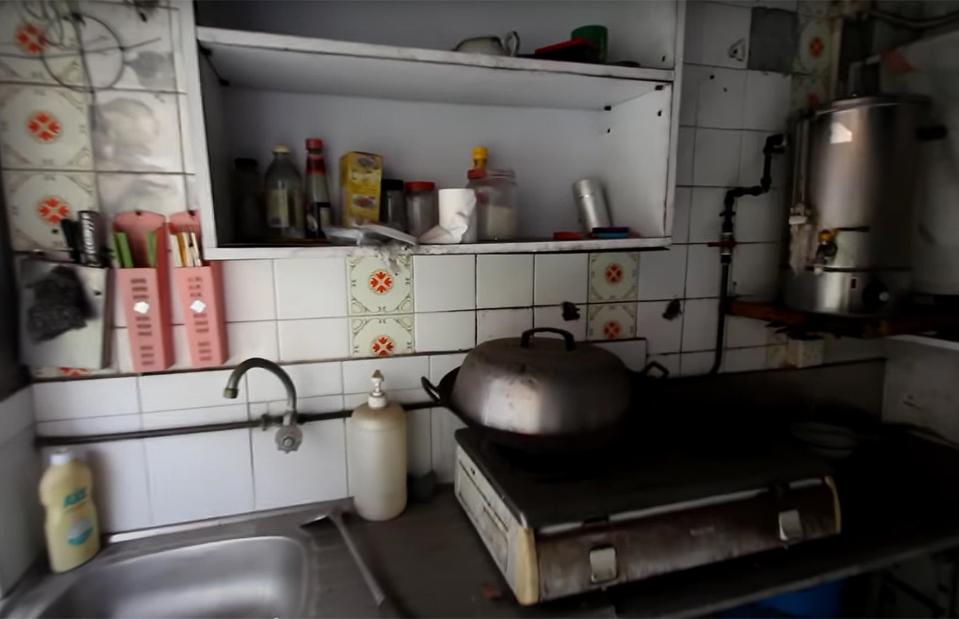
@Illsight/YouTube
In the video, the urban explorer discovers a lot of bedrooms and bathrooms, as you would expect from a hotel, plus a working kitchen with chopsticks, a wok, cleaning products and even cooking oil still on the shelves.
Today an expensive private residence sits on the plot, which is worth a fortune in Hong Kong's searing property market. Sadly, a unique piece of Bruce Lee's life and history has been lost forever.
Steve Jobs' demolished California mansion
![<p>Jonathan Haeber/Flickr [CC BY-NC 2.0]</p>](https://s.yimg.com/ny/api/res/1.2/M7U.K29jxtz6YfZoAqDnWA--/YXBwaWQ9aGlnaGxhbmRlcjt3PTk2MDtoPTYxOQ--/https://media.zenfs.com/en/loveproperty_uk_165/8b7d509498456ffcc3c61e5298cf9bdf)
Jonathan Haeber/Flickr [CC BY-NC 2.0]
Apple co-founder Steve Jobs purchased the Jackling House in Woodside, California in 1984. The Spanish Revival property was designed by eminent architect George Washington Smith and built in 1925 for copper mining magnate Daniel Cowan Jackling, hence the name.
Steve Jobs' demolished California mansion

Justin Sullivan/Getty Images
Jobs must have been fond of the house at first, but he reportedly grew to loathe the property and moved out in 1994. From 2000, the home remained vacant and Jobs spent the last years of his life petitioning to get the mansion demolished.
Steve Jobs' demolished California mansion
![<p>Jonathan Haeber/Flickr [CC BY-NC 2.0]</p>](https://s.yimg.com/ny/api/res/1.2/qDaZwpCvD2c9zdstin0fug--/YXBwaWQ9aGlnaGxhbmRlcjt3PTk2MDtoPTYxOQ--/https://media.zenfs.com/en/loveproperty_uk_165/b1961d4b623dd0cd14e7e1e68e449671)
Jonathan Haeber/Flickr [CC BY-NC 2.0]
Although the paint had started to peel away and the plaster was crumbling, the past splendour of the 35-room mansion is just about evident in these photos.
Spanning 15,000 square feet (1,393sqm), the house boasted open-air balconies, a games room, marble bathrooms and a grand staircase, as well as reception rooms complete with showy chandeliers.
Steve Jobs' demolished California mansion
![<p>Jonathan Haeber/Flickr [CC BY-NC 2.0]</p>](https://s.yimg.com/ny/api/res/1.2/i_eVG3GWWie5MoBs86Fp7g--/YXBwaWQ9aGlnaGxhbmRlcjt3PTk2MDtoPTYxOQ--/https://media.zenfs.com/en/loveproperty_uk_165/326450878b986007b545469359bab6f9)
Jonathan Haeber/Flickr [CC BY-NC 2.0]
Jobs ultimately won the battle and the mansion was demolished in 2011, but in a cruel twist of fate, the Apple CEO lost his fight against pancreatic cancer and died eight months later.
During the 11 years of its vacancy, the billionaire's abandoned mansion lacked any kind of maintenance and fell into an appalling state of disrepair.
Steve Jobs' demolished California mansion
![<p>Jonathan Haeber/Flickr [CC BY-NC 2.0]</p>](https://s.yimg.com/ny/api/res/1.2/ocrYARSvEoOtSWIw2ej_9A--/YXBwaWQ9aGlnaGxhbmRlcjt3PTk2MDtoPTYxOQ--/https://media.zenfs.com/en/loveproperty_uk_165/2fce46183bb1ce93b830f9d7a8bb33ca)
Jonathan Haeber/Flickr [CC BY-NC 2.0]
With nobody to look after the mansion, the décor began to be taken over by nature. Prior to demolition, the property was covered in vines and was attracting the attention of curious photographers including Jonathan Haeber, who took these pictures.
Steve Jobs' demolished California mansion
![<p>Jonathan Haeber/Flickr [CC BY-NC 2.0]</p>](https://s.yimg.com/ny/api/res/1.2/nZOqOQgPqVv7rKfcS5EcaQ--/YXBwaWQ9aGlnaGxhbmRlcjt3PTk2MDtoPTYxOQ--/https://media.zenfs.com/en/loveproperty_uk_165/7ba0b1a855eda515f7b84b2486dfa197)
Jonathan Haeber/Flickr [CC BY-NC 2.0]
Mould had crept across the ceilings and old appliances were strewn about the place. Thankfully, the local authority collected a number of artefacts from the home before it was destroyed, including door handles, a chandelier and a toilet, and most impressive of all, a massive pipe organ.


